The Nikon Z series is no longer in its infancy — and that means the company isn’t just launching the must-have lenses but the envy-induing luxuries. The Nikon Z 85mm f1.2 S might just be one of those luxuries. While the Z mount already had an 85mm, the brighter f1.2 mixes with 11 aperture blades to create smooth backgrounds and round bokeh.
But, as a luxury lens, the latest 85mm is $2,000 more than the earlier f1.8 option. That, of course, begs the question — is it worth it? What sort of luxury is hidden inside the f1.2 lens? Which photographers are going to reach for this lens? The Nikon Z 85mm f1.2 S delivers more character and bokeh than the more utilitarian f1.8. But autofocus speed, JPEG colors, and price may keep some photographers from this luxury lens.
Yes, we know we said JPEG colors — and there’s a good reason for that. You might think that all professional photographers shoot in RAW. But several wire services, like Getty, don’t allow their staff photographers to do that. Consequently, there are lots of higher-end tier photographers who would need to shoot in JPEG. What’s more, one shouldn’t forget the loads of passionate photographers that want to shoot with this lens for personal reasons.
The Big Picture
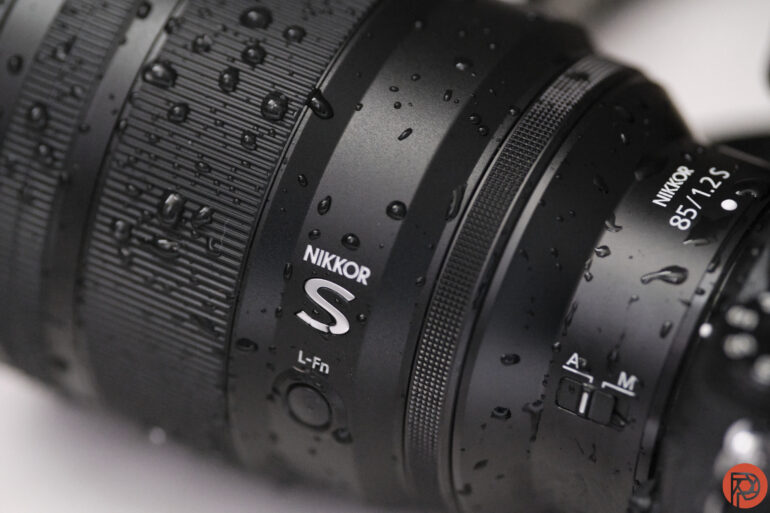
The Nikon Z 85mm f1.2 S creates a superb blend between technical sharpness and creamy bokeh. While pricey and hefty, the lens delivers an ideal blend between technical greatness and character. The wide aperture creates soft backgrounds and opens more possibilities in limited lighting. As part of the S series, the lens is weather-sealed and includes a custom control ring.
But, for $2,700, I had hoped to see a bit more. The colors on the JPEGs are undersaturated, making me miss the colors from other S lenses like the 70-200mm f2.8. While it’s equipped with two autofocus motors, it needs the fastest, most advanced body like the Z9 to get an acceptable hit rate. While I loved a lot of the images coming from this lens, faster focus or more golden colors would have made the high price point more palatable.
I’m giving the Nikon Z 85mm f1.2 four out of five stars. Want one? Pick one up on Amazon.
Pros
- It’s super sharp.
- 11-blade aperture and f1.2 create beautiful soft backgrounds.
- RAW colors are actually a really great starting point with the ProStandard profile.
- While technically sharp, a bit of character is possible with vignetting, flare, and bokeh.
- The wide aperture is a big help in low light, and the focus isn’t terrible here.
- It’s weather-sealed.
Cons
- It’s heavy.
- The autofocus had difficulty keeping up with action on the Z7 II (but performed better on the Z9).
- Colors on JPEG Standard weren’t as pleasing in flat light, wire service photographers won’t really like this. Nor will their editors.
- It’s significantly more expensive than the f1.8 lens.
Gear Used
I used the Nikon Z 85mm f1.2 S with the Nikon Z7 II. Both the camera and lens are on loan from Nikon. I also used my own Flashpoint Zoom Li Ion flashes and triggers with MagMod gels and modifiers in the sports portraits.
Innovations
Nikon already had an 85mm S lens — but the newest option offers a brighter f1.2 aperture. But what’s most unique about this lens is the 11 aperture blades rather than the more common nine, which plays a role in how the bokeh is rendered. The lens also uses Nikon’s dual STM autofocus motors.
Ergonomics
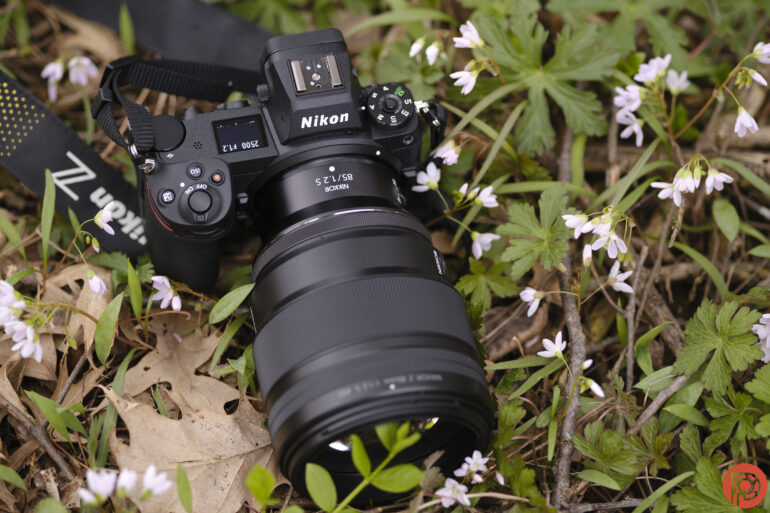
As a mid-length telephoto prime with an ultra-wide aperture, the Nikon Z 85mm f1.2 S is no lightweight. The lens weighs 2.6 pounds — that’s pretty heavy for long shoots such as weddings. But, the Canon RF 85mm f1.2 weighs the same, suggesting making a lens that focal length that wide requires some heavy pieces. Sony’s closest competitor is the 85mm f1.4, which is a pound lighter but slightly narrower. The Nikon Z 85mm f1.2 S takes 82mm filters and hogs up a 5.6-inch slot in a camera bag.
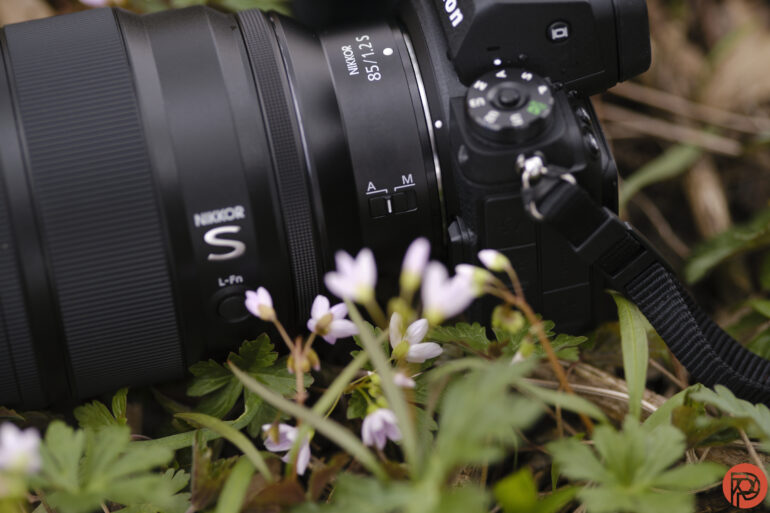
The lens is a member of the S-Line but lacks the LCD screen that some of Nikon’s high-end lenses use to indicate focus and aperture settings. Thankfully, there’s still an aperture ring (which can also be customized to control other settings) along with the usual focus ring. An L-Fn button and an AF-MF switch are the lens’ only other controls. That makes for a simple design yet provides the must-haves of most pro portrait photographers that this lens is designed for.
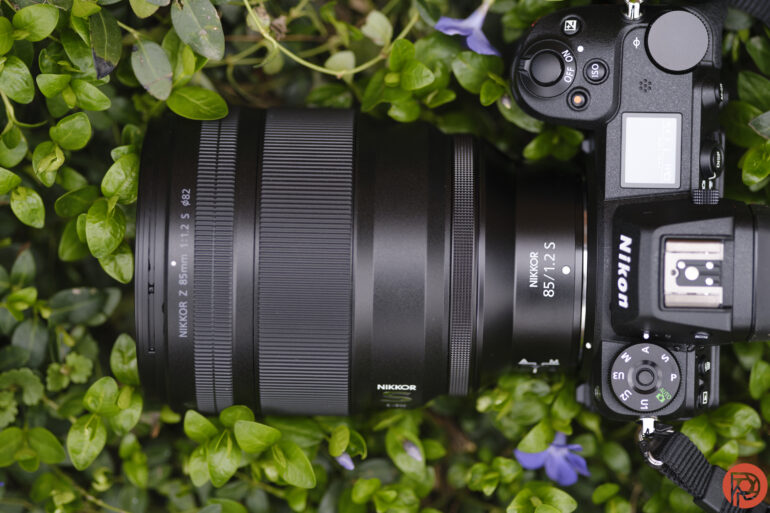
The front of the lens is almost entirely glass, which is what I would expect for an f1.2. You can easily see those 11 aperture blades when you look inside. It ships with a lens hood.
Build Quality
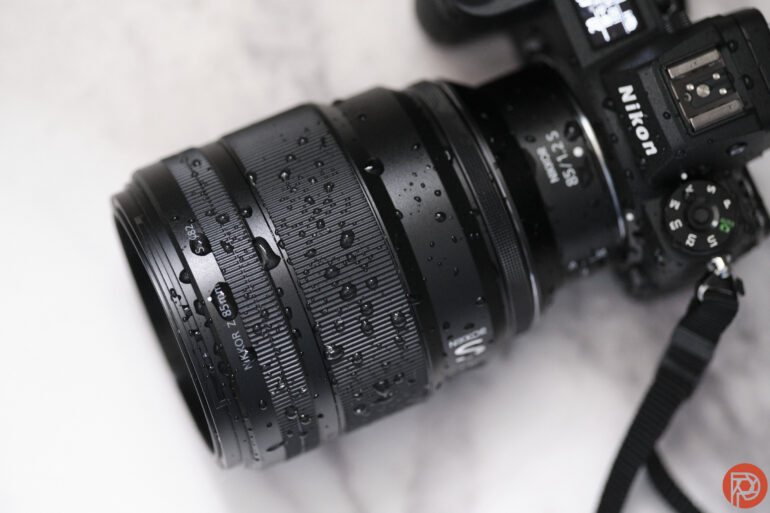
As a weather-sealed lens, the Nikon Z 85mm f1.2 S had no issues when splashed with water. I also used the lens in a shoot with colored powder. Neither the water nor the powder affected the lens. I didn’t spot any sensor dust accumulation during my review.
The lens also feels like a high-end lens. It’s not all metal, but there are a few metal pieces, like the barrel piece towards the mount. The barrel feels nice in the hands, not too plasticky.
Focusing
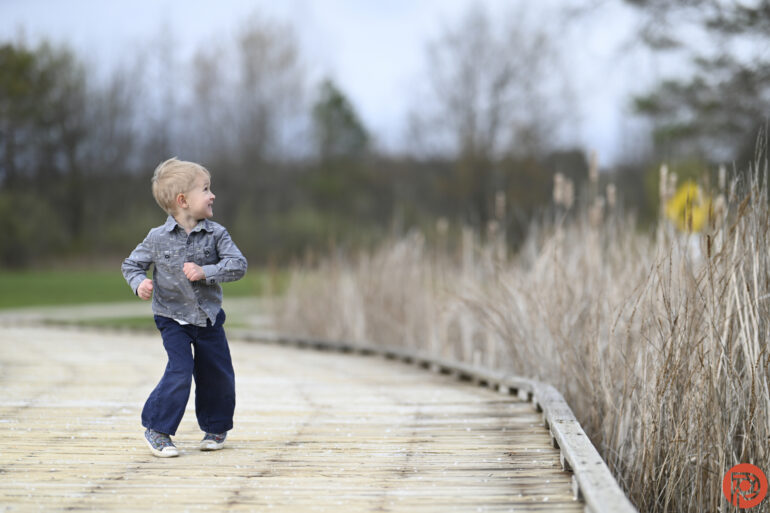
Nikon built the Z 85mm f1.2 S with two autofocus motors. But, with so many pieces to move and such a narrow margin for error, autofocus can be rather persnickety. We had very few misses during our brief early tests with this lens mounted on the Nikon Z9. However, the lens struggled with action when mounted on the Z7 II. It’s a lens that will push the camera’s autofocus capabilities to the max — so pairing it with a speedier body like the Z9 will deliver the best results.
Photographing a moving toddler at f1.4 with eye AF on the Z7 II, roughly a third of the shots were soft. I had even more soft shots when using pet eye AF on a running dog. I got the best results with exposure preview off, eye AF off, and zone area mode. My best action series was shot at f5.6 to narrow that margin for error. While an 85mm is made more for portraits, the lens struggles a bit for portraits of toddlers, athletes, and active posing prompts.
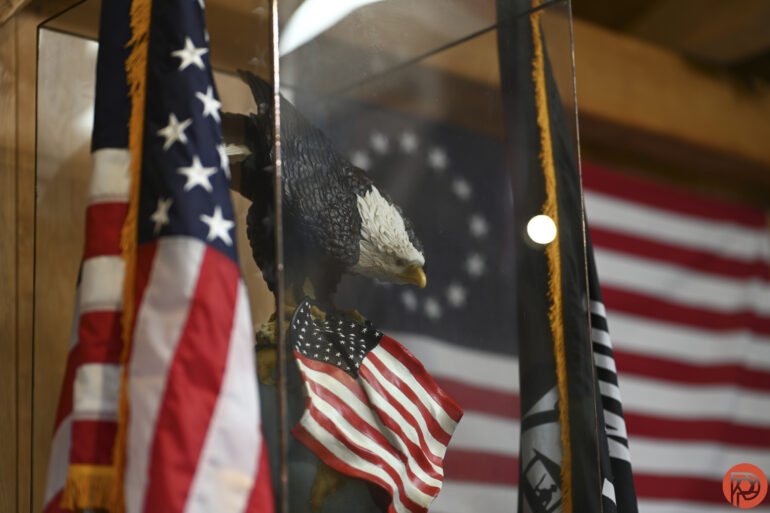
As an f1.2 lens, however, it does lock on relatively quickly in limited light or when underexposed. Turn the exposure preview off and place the AF point on an edge with contrast for the best low-light autofocus performance.
Ease of Use
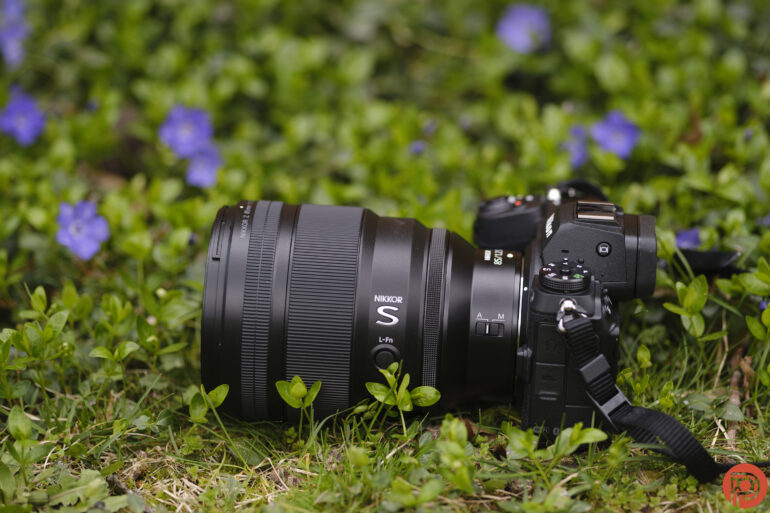
Nikon’s S series is the brand’s pro-level optics, yet most are still relatively easy to use. The same applies to the 85mm f1.2. The lens has a nice balance between having enough controls and making those controls confusing.
The only issue I had was that I would occasionally accidentally bump the aperture ring and mess up my settings. A disengagement would have helped here. But it didn’t happen often, and the ring can be customized to control different settings or nothing at all. The only other difficult thing is simply managing the weight.
Image Quality
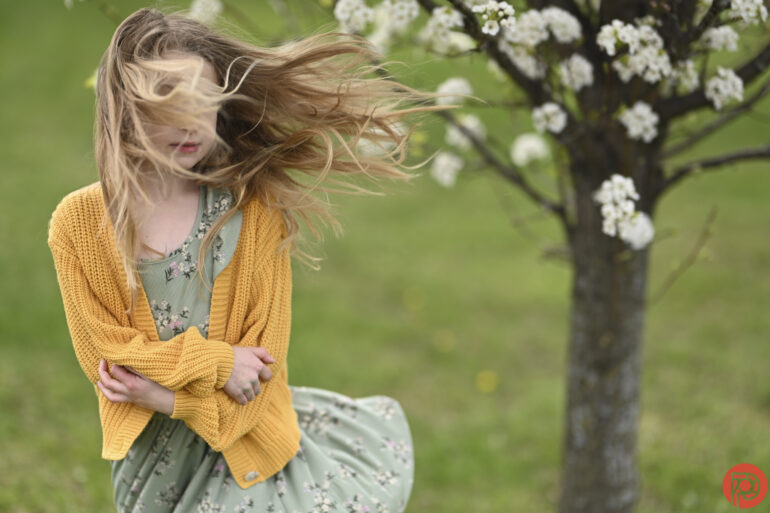
The Nikon Z 85mm f1.2 S blends tack-sharp subjects with smooth-as-butter backgrounds thanks to that 11-blade aperture. The lens does an excellent job of eliminating distractions in the background and drawing the eye to the subject of the image. While the lens aims for more technical perfection than character, photographers can also get some soft lens flare. Oddly, the unedited RAWs delivered better colors than the untouched JPEGs, at least when using the standard color profile.
Bokeh
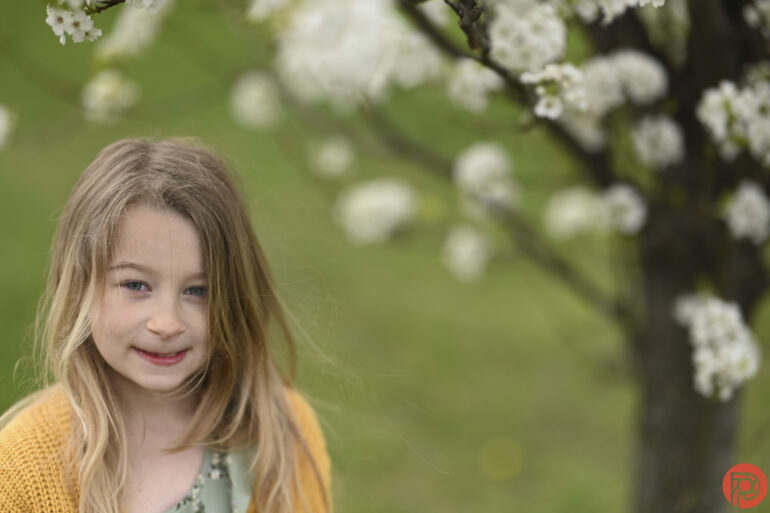
The longer focal length, wider aperture, and 11 aperture blades mesh to deliver remarkably soft backgrounds. Even the grass that’s just a few feet away can quickly fall away into a solid wall of green.
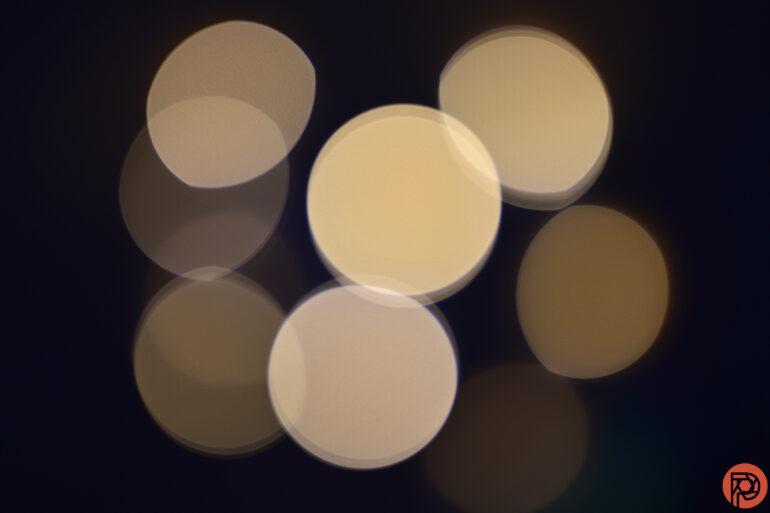
Color Rendition
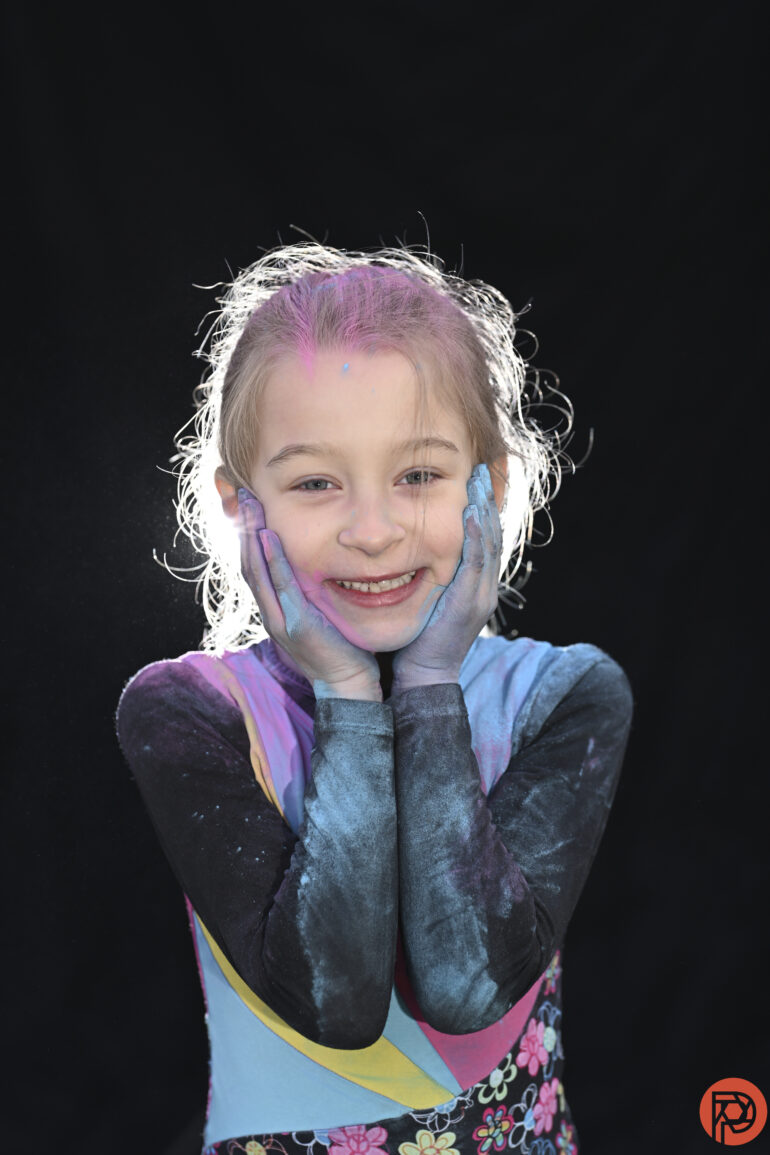
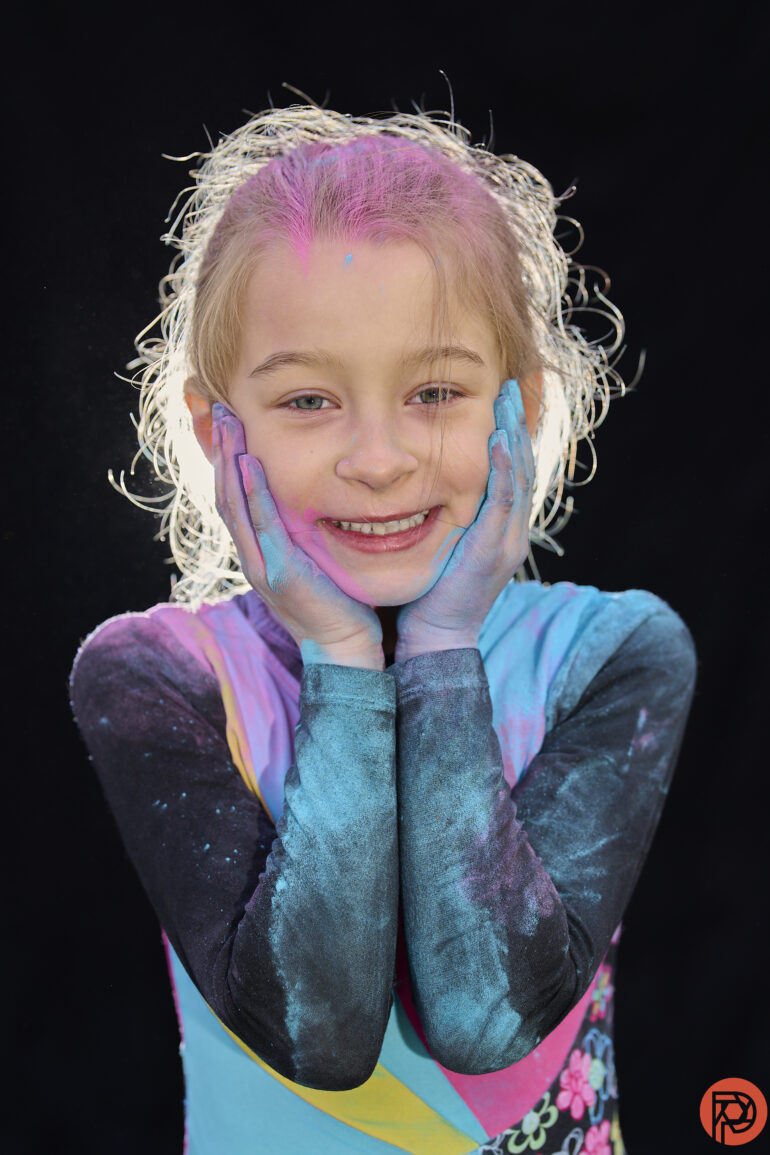
Typically, when I import files, the JPEGs are bright and colorful, and the RAWs are a neutral starting point with desaturated colors. Oddly, the opposite was true here — the JPEGs were undersaturated in the standard color profile. Capture One automatically applied the ProStandard ICC profile for RAW files, which created more natural skin tones and realistic color than JPEGs shot on the auto or standard color profile. Even the RAW file with the Nikon profile applied later was brighter with more saturation than the camera JPEGs. The desaturation is at its worst in flat lighting, but isn’t quite as strong when using a flash or shooting on a sunny day.

I’m sad that such an expensive lens didn’t deliver the warm, rich tones that lenses like the Z 70-200mm f2.8 straight from the camera. But I think photographers that shoot RAW will like the colors they can create from these RAW files with minimal effort.
Lens Character
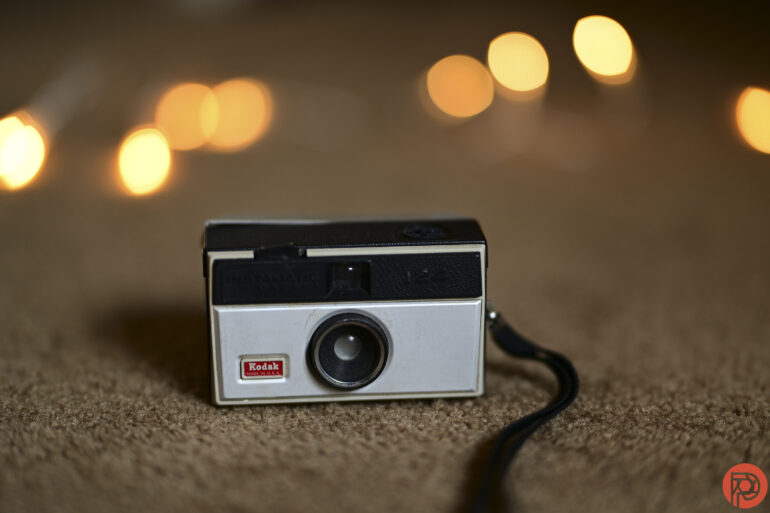
Points of light are rendered into smooth bokeh balls without onion ringing or bubbling. The bokeh is rounded at the center but does cat-eye a bit on the edges.
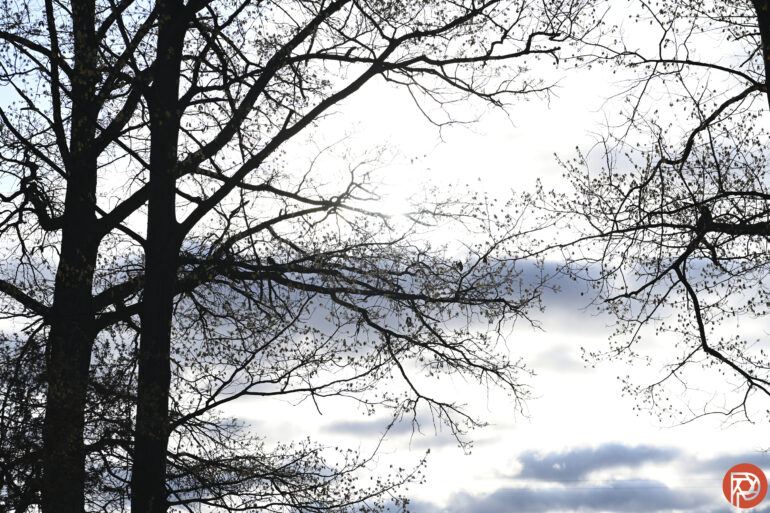
I did detect some occasional chromatic aberration around backlit tree branches. But I had to view the image at 100 percent to be bothered by it. The colored fringing is automatically corrected in JPEGs.
The RAW files have some slight vignetting, but I think it added to the image rather than detracting from it. It’s a subtle effect that mixes well with the bokeh and is easy to edit out when unwanted.
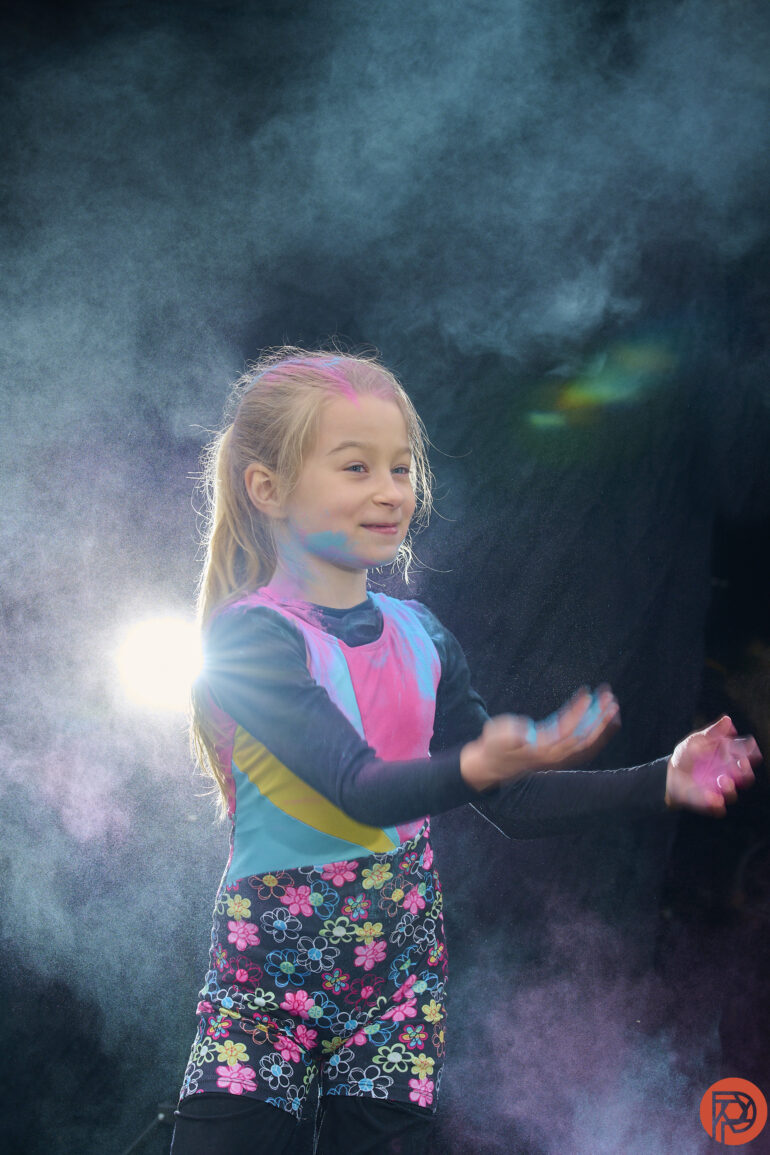
Directed at the sun, the lens can create some soft flare. I couldn’t capture ghosting spots shooting at the sun, but I got some rainbow flare with a flash. There’s a little flare to be had.
Overall, the lens leans heavily towards technical perfection rather than character. But it’s not sterile. The soft backgrounds, subtle vignetting, and soft flare can add some interest.
Sharpness
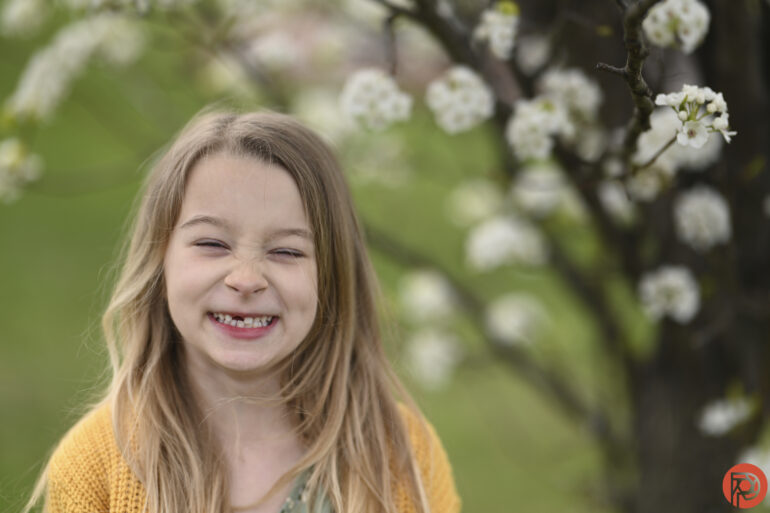
Images from the Nikon Z 85mm f1.2 S are impressively sharp. Yet, that sharpness fades quickly with the wide aperture and longer focal length. The dramatic pop of sharp eyes and the super soft backgrounds is where much of the character and emotion originates from this particular glass.
Extra Image Samples
From day one, The Phoblographer has been huge on transparency with our audience. Nothing from this review is sponsored. Further, lots of folks will post reviews and show lots of editing in the photos. The problem then becomes that anyone and everyone can do the same thing. They’re not showing what the lens can do. So we have a section in our Extra Image Samples area to show edited and unedited photos. From this, you can make a decision for yourself.
Unedited
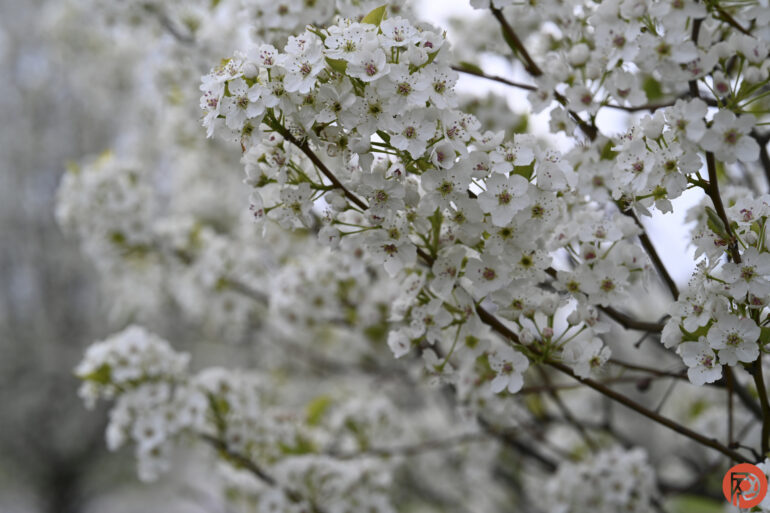
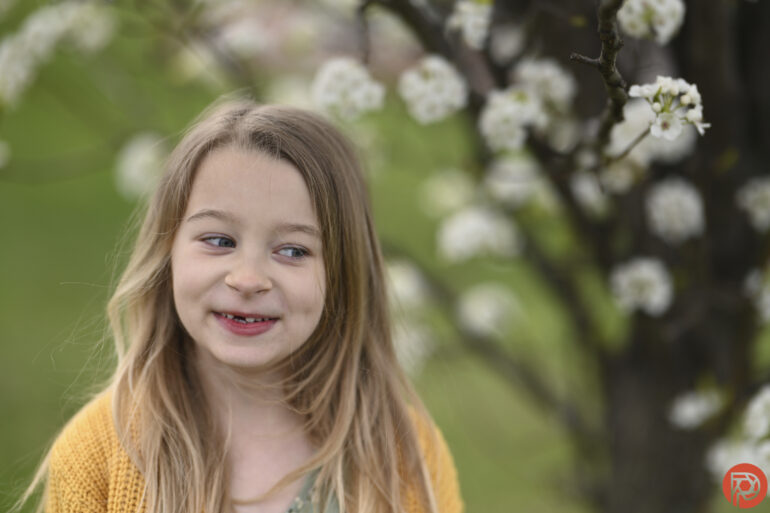
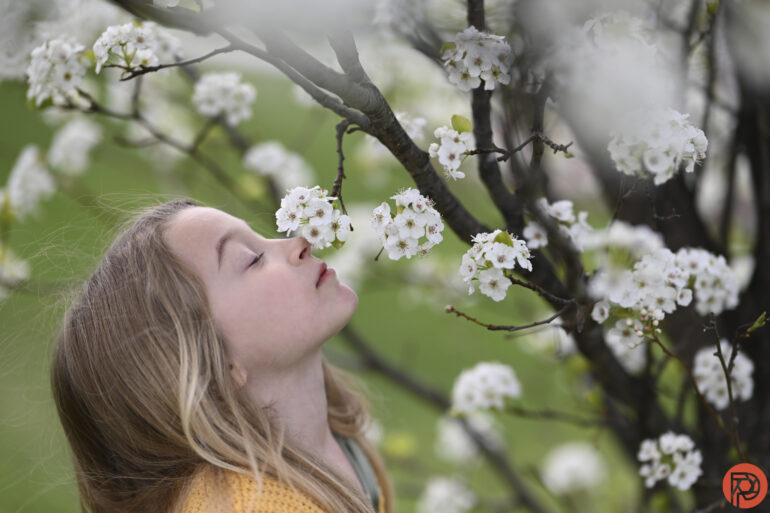
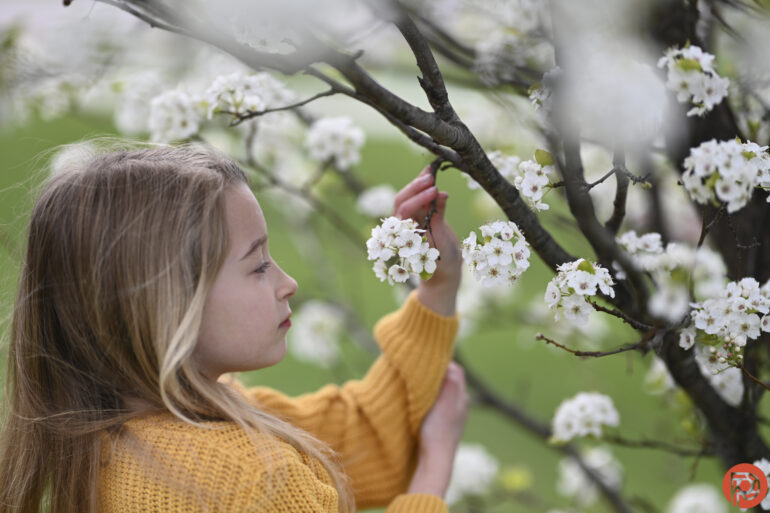
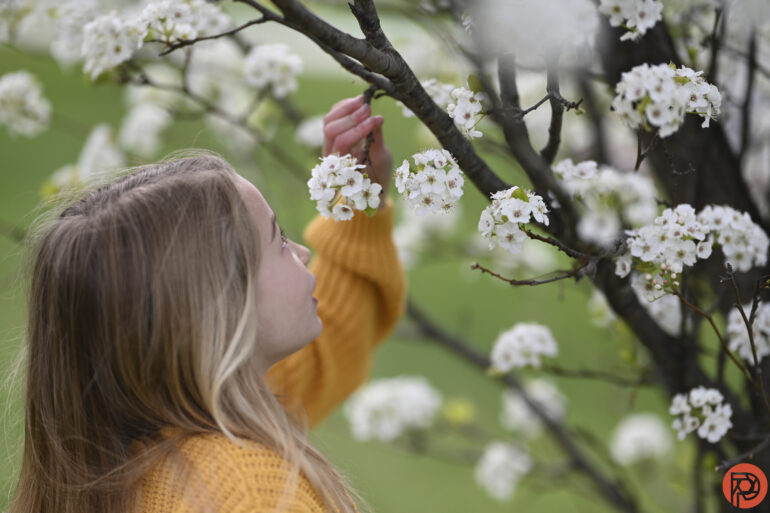

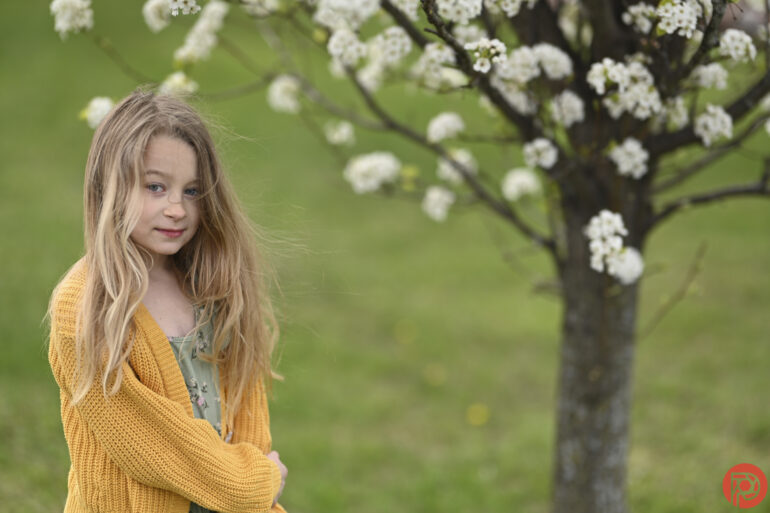
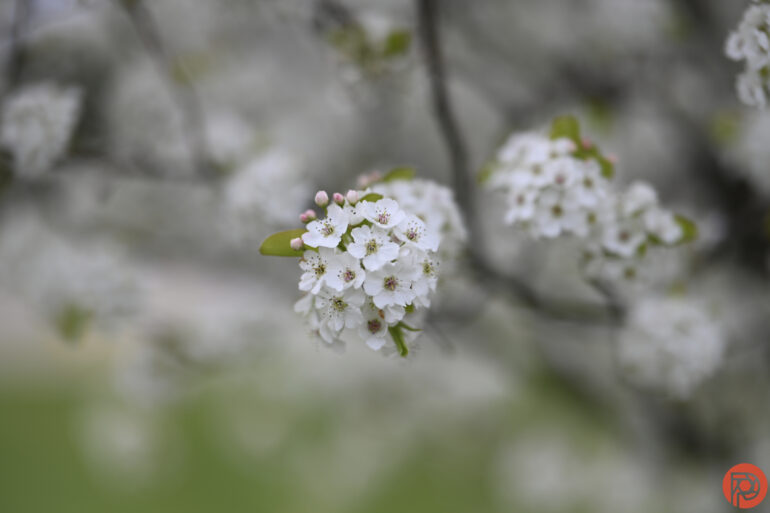




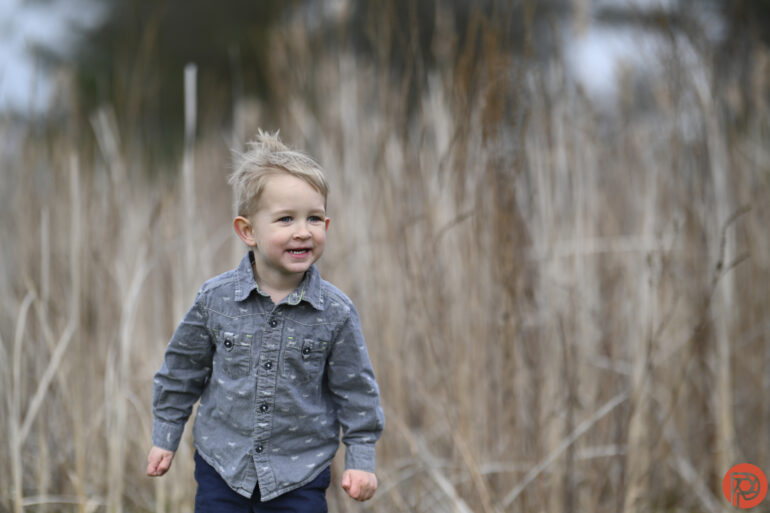



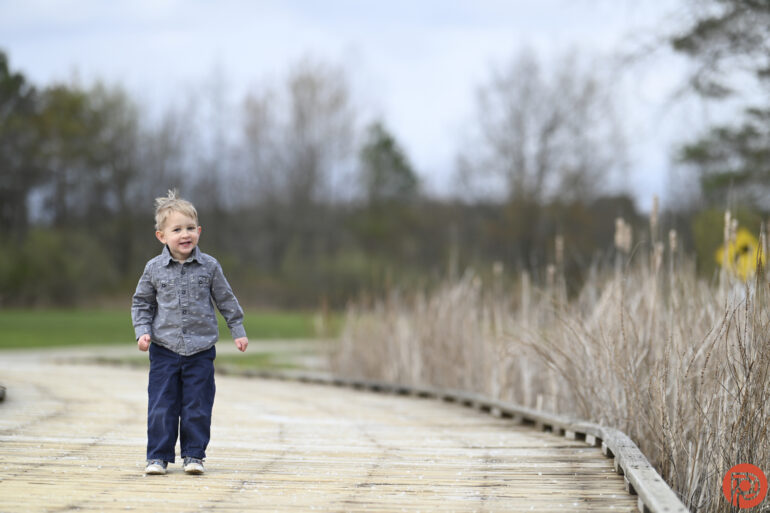

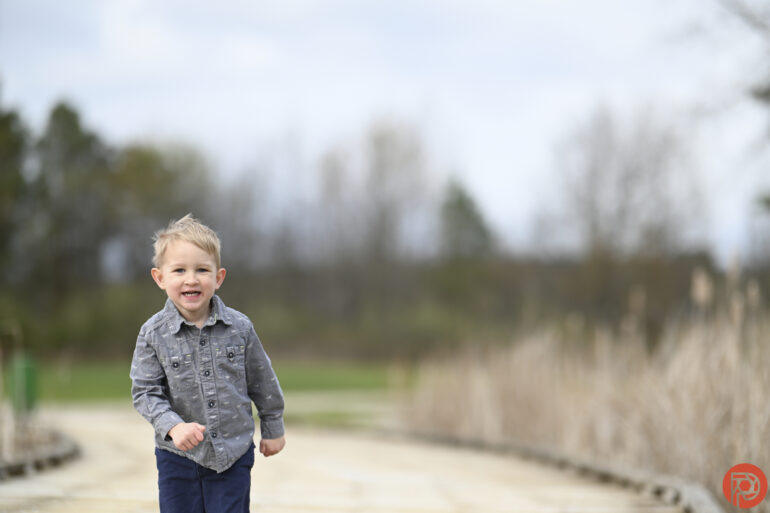

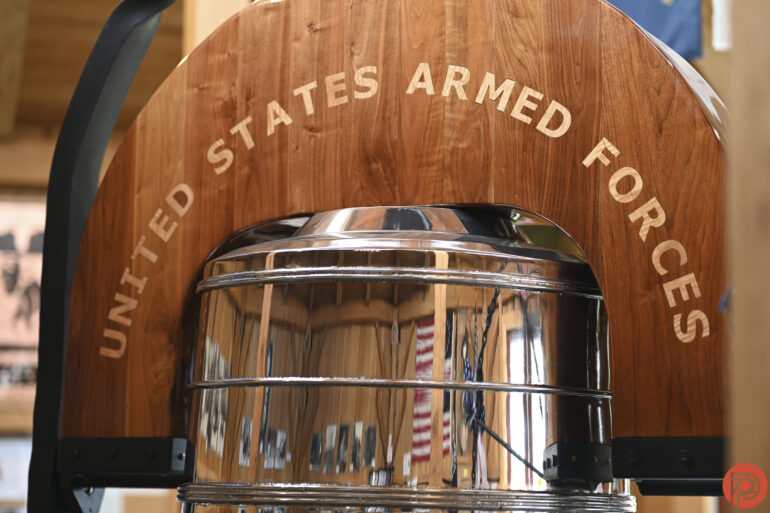
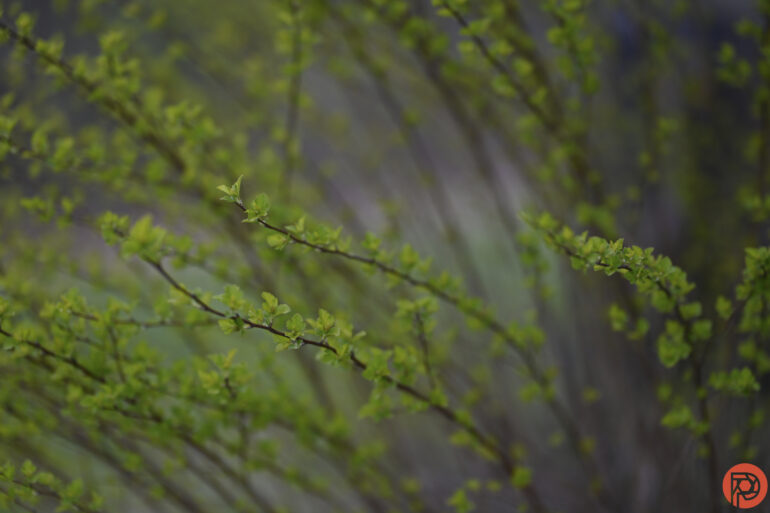
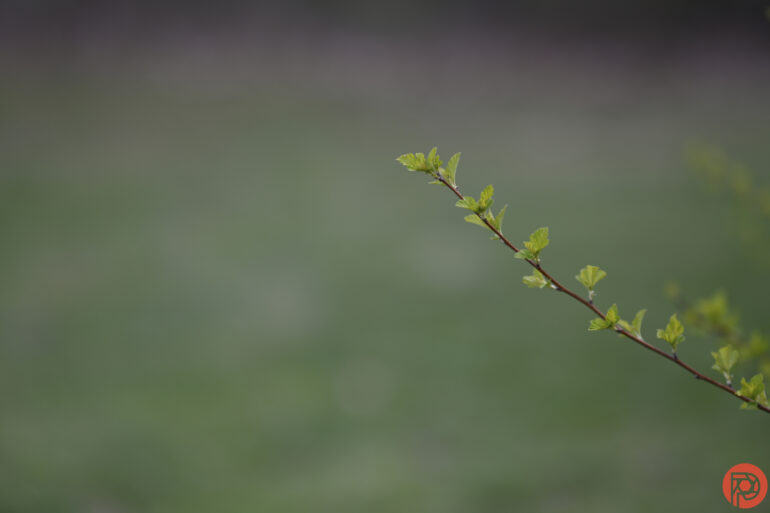
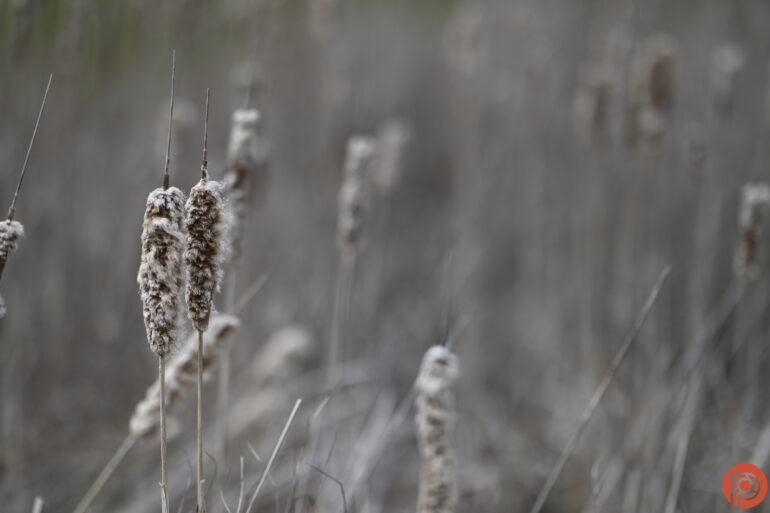
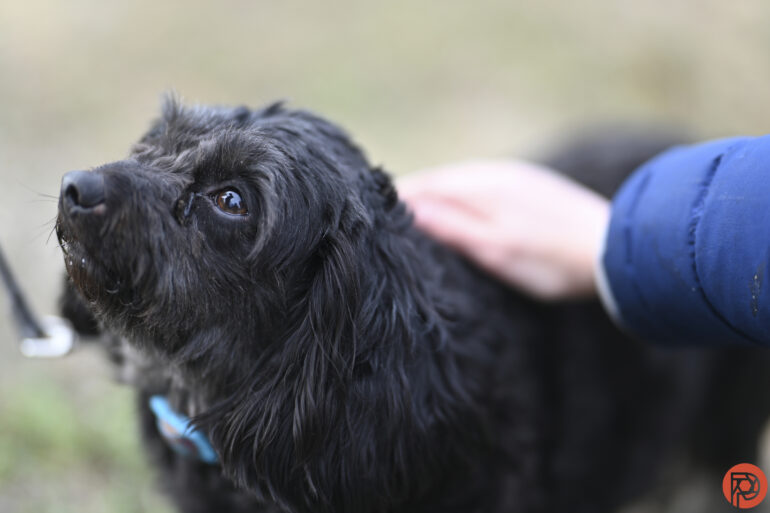
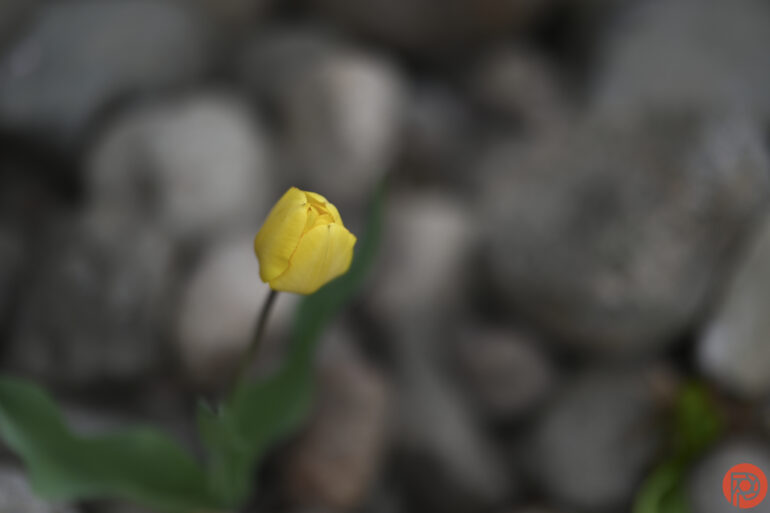
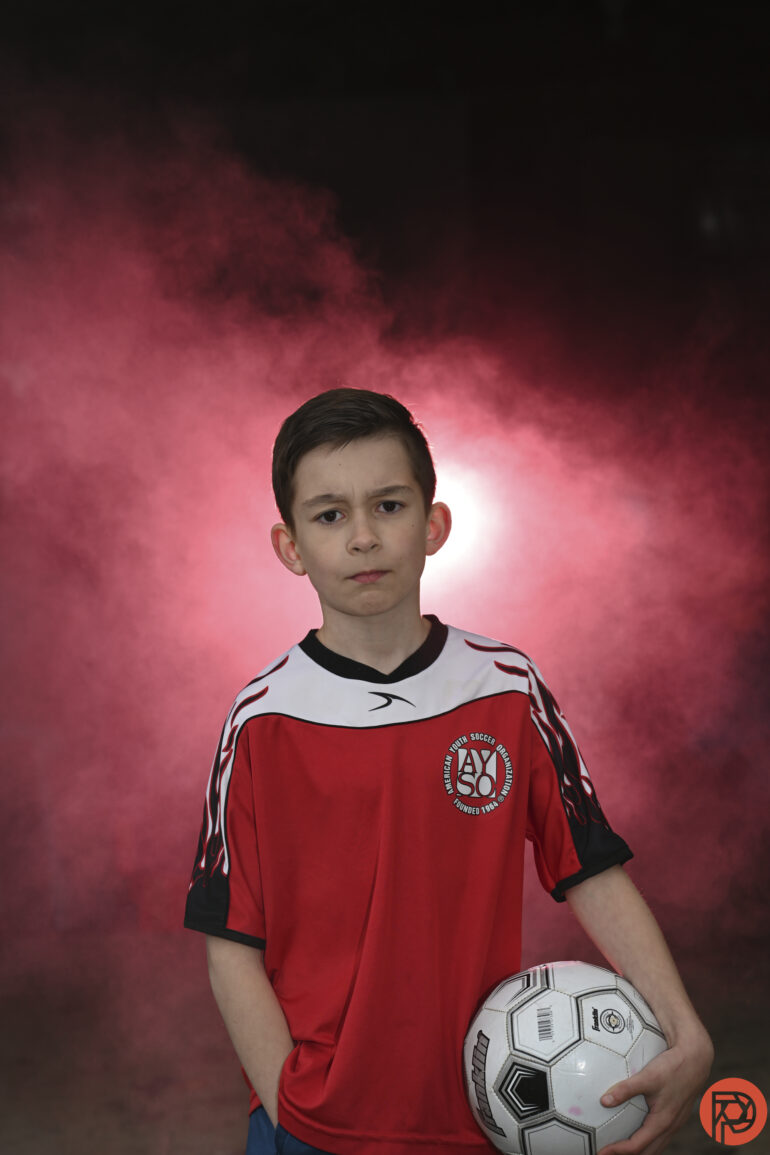
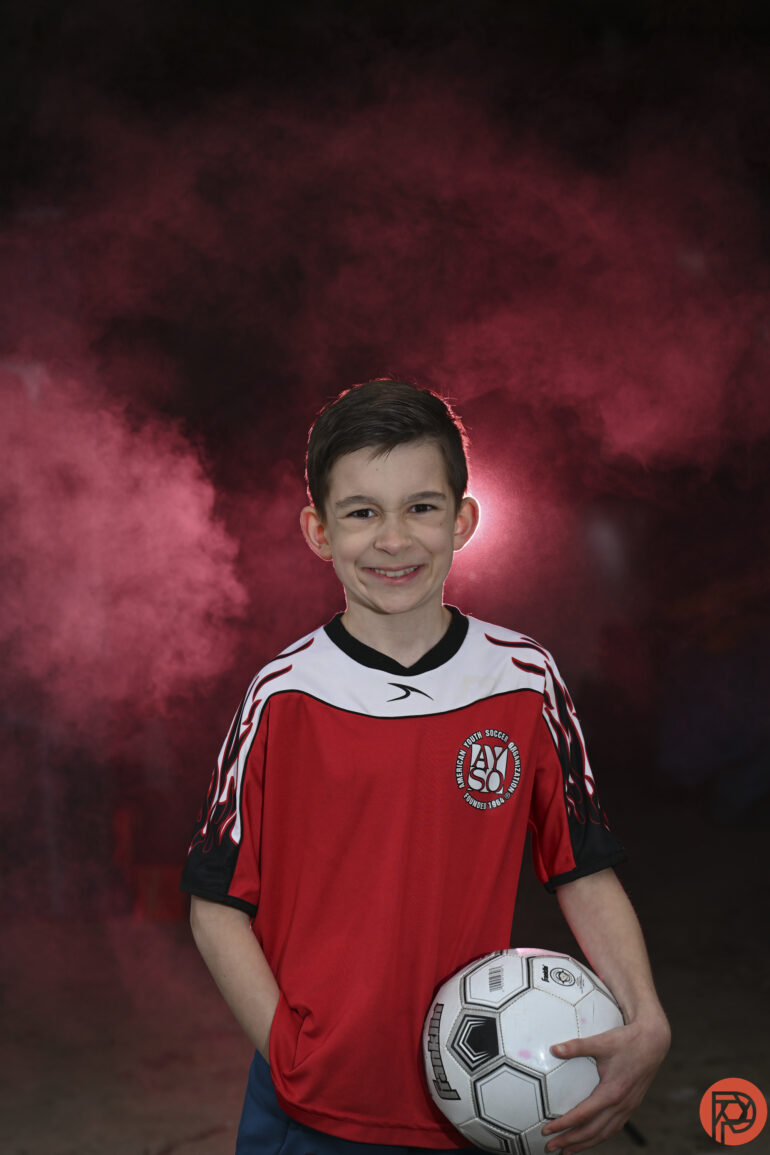
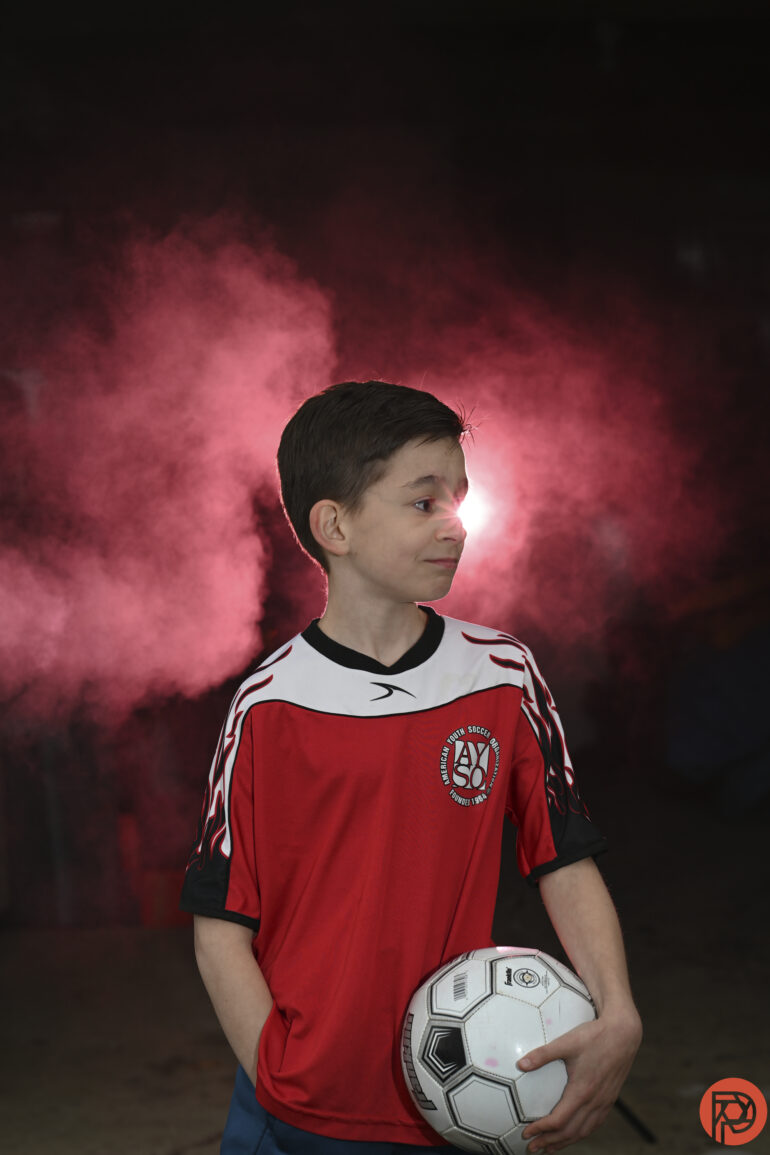
Edited
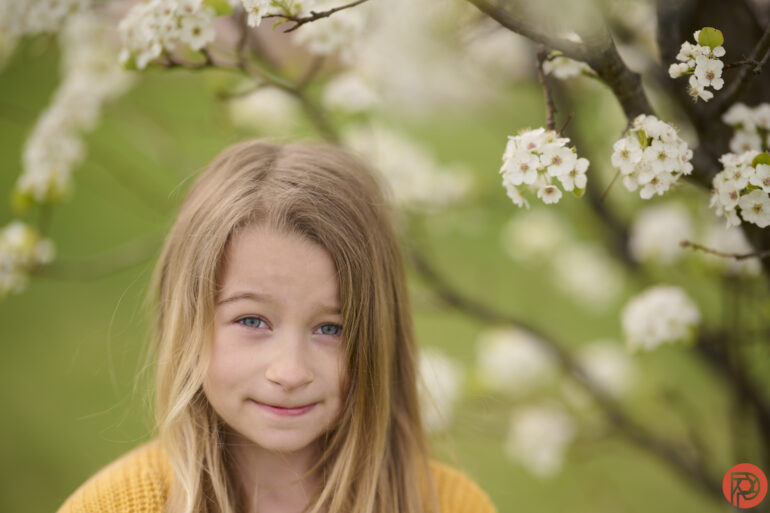
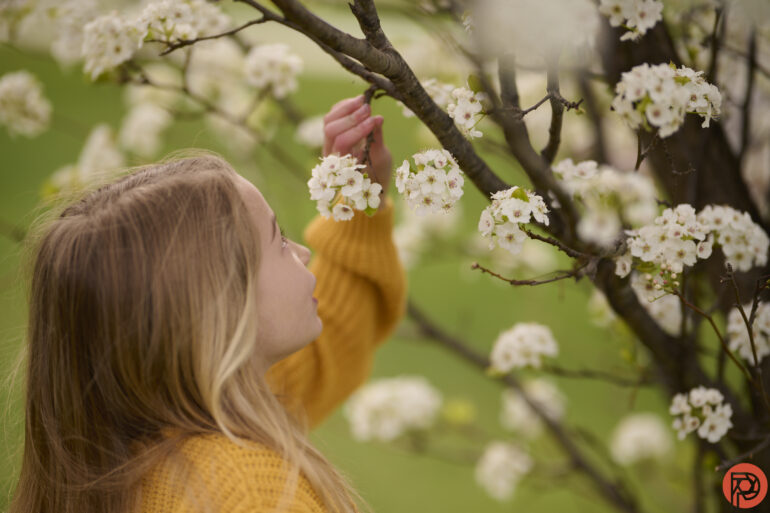
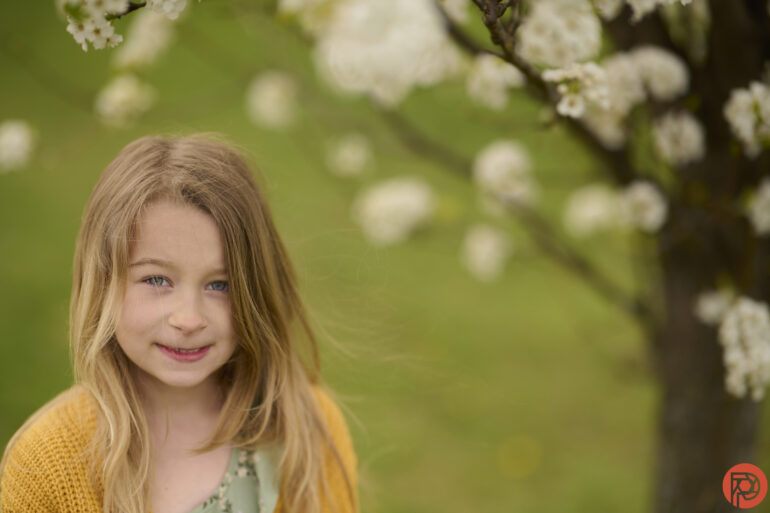
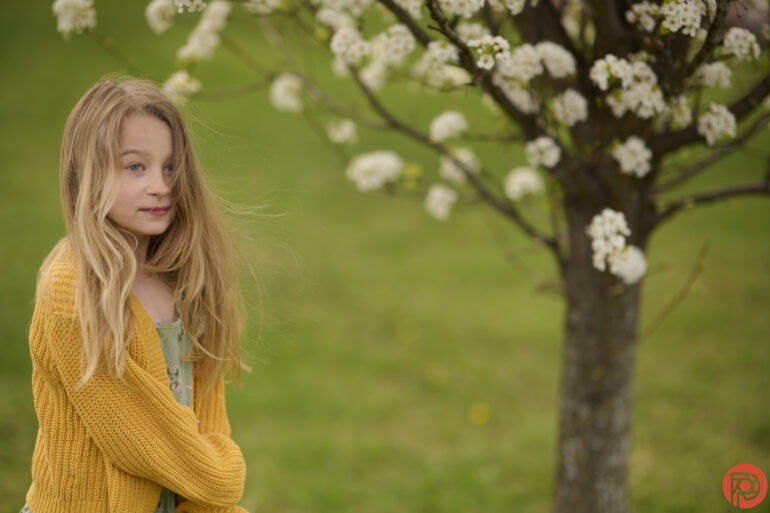
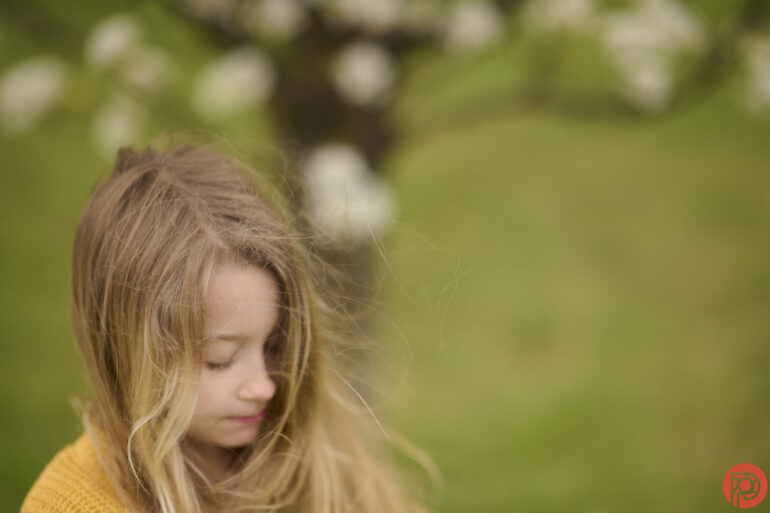


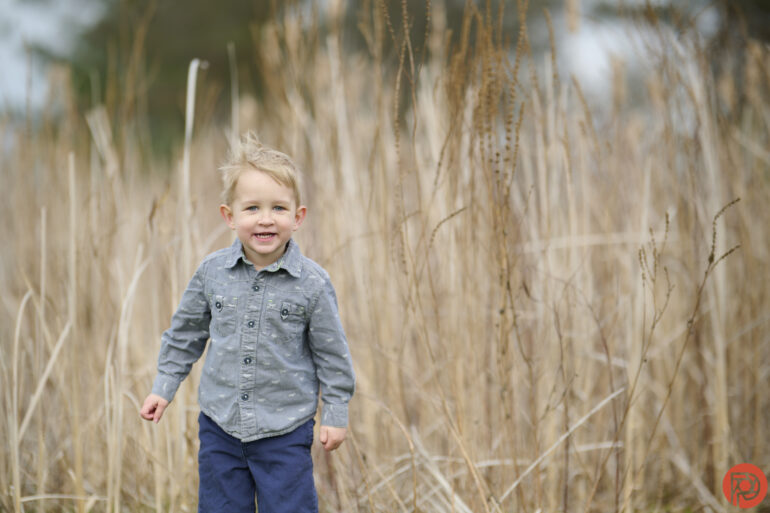

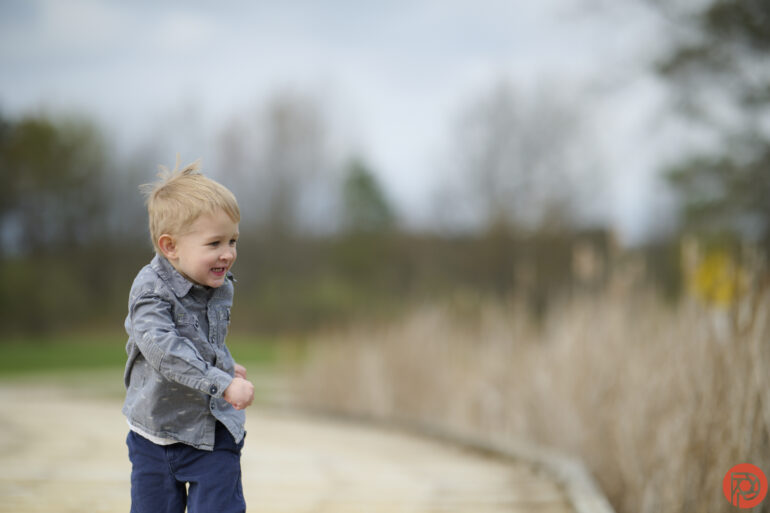

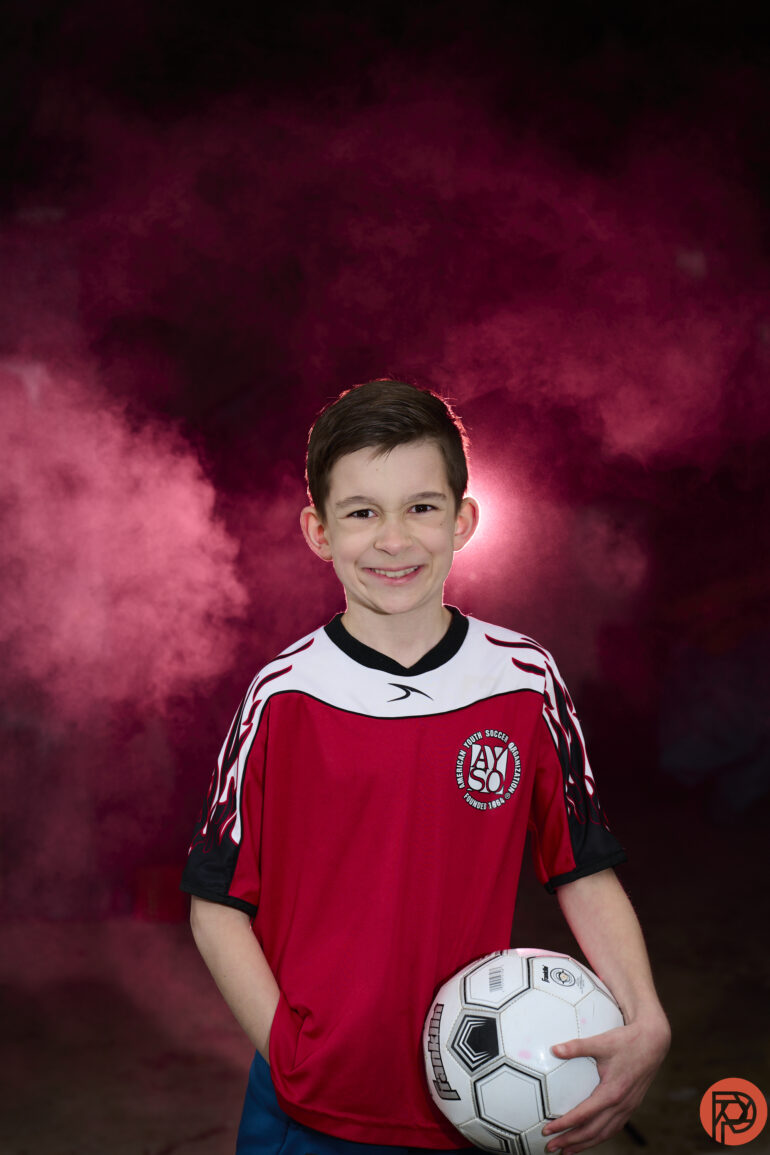


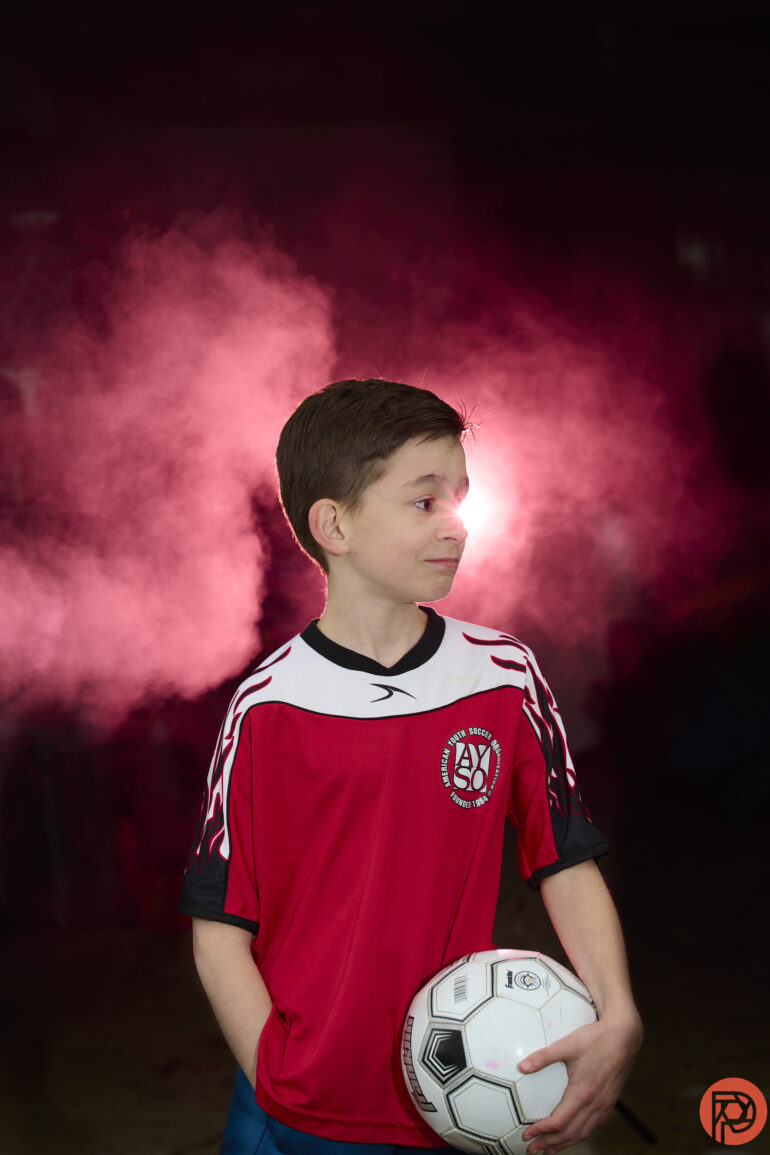
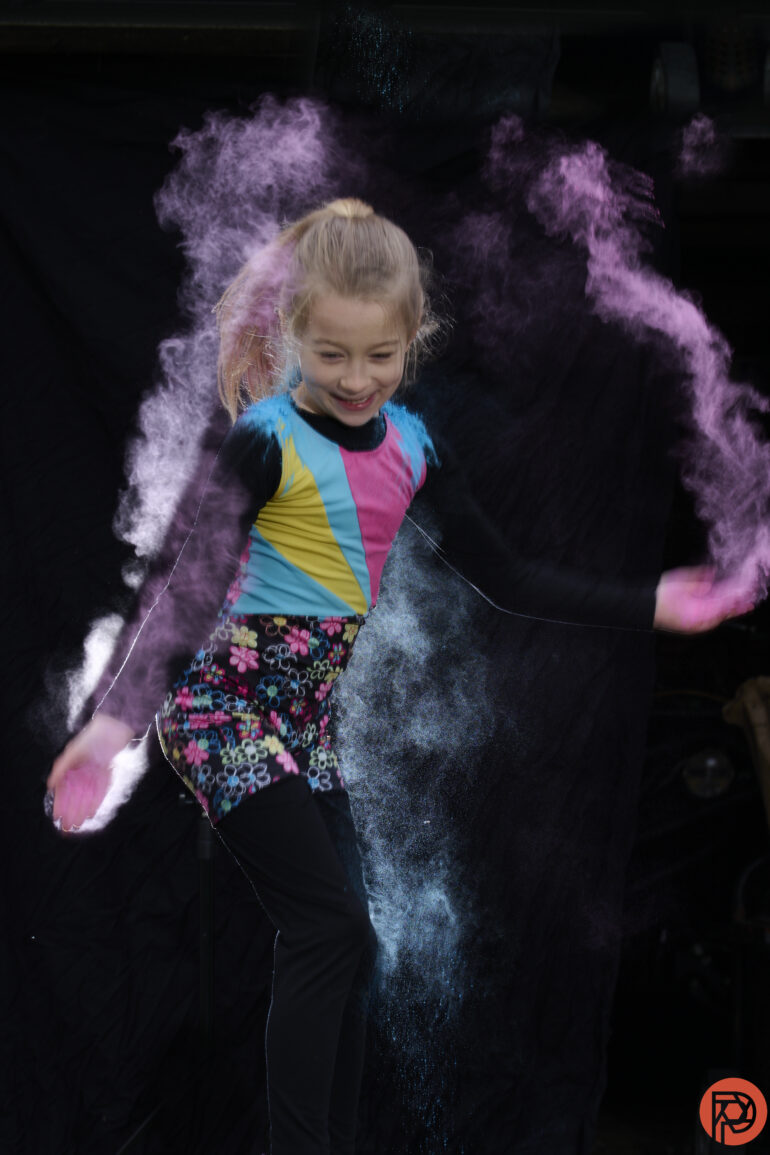
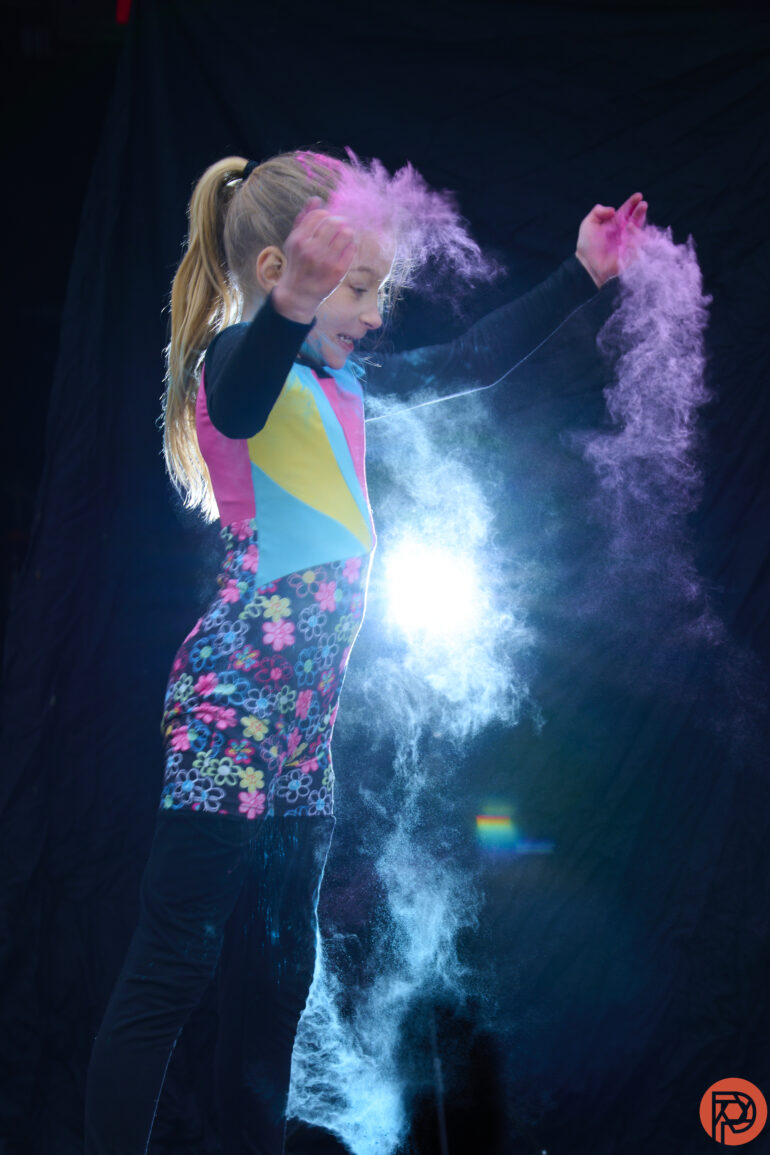
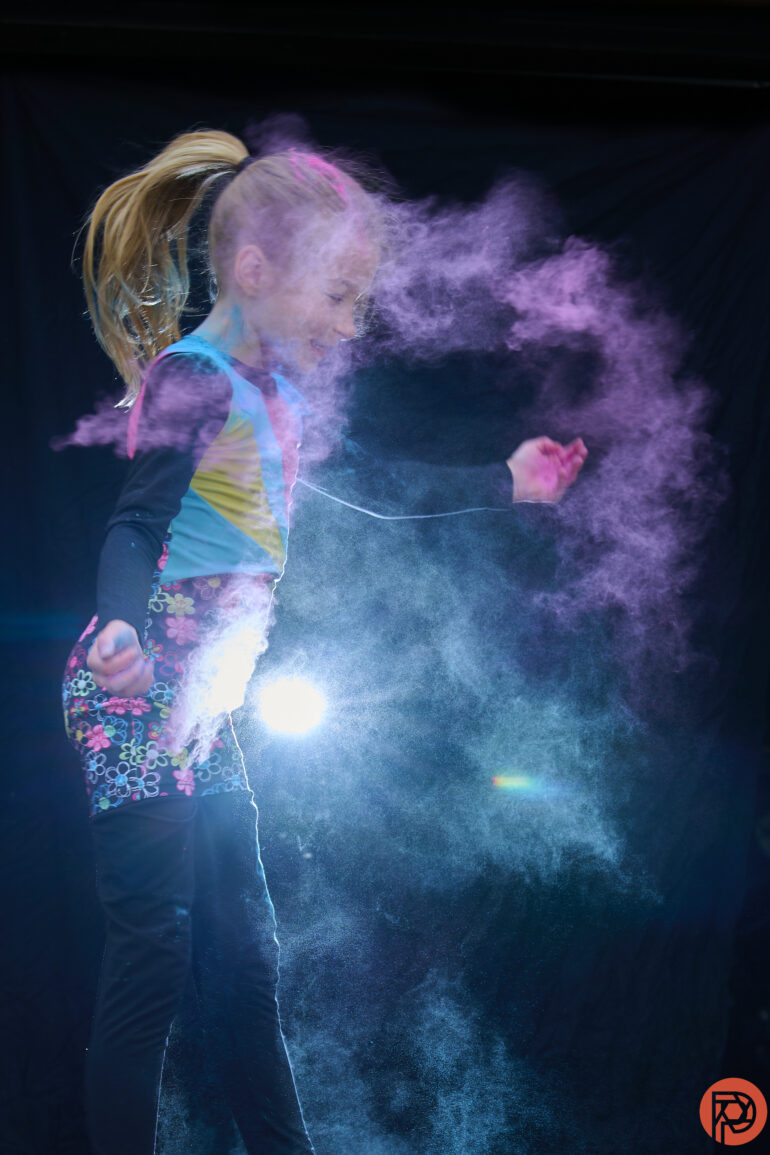
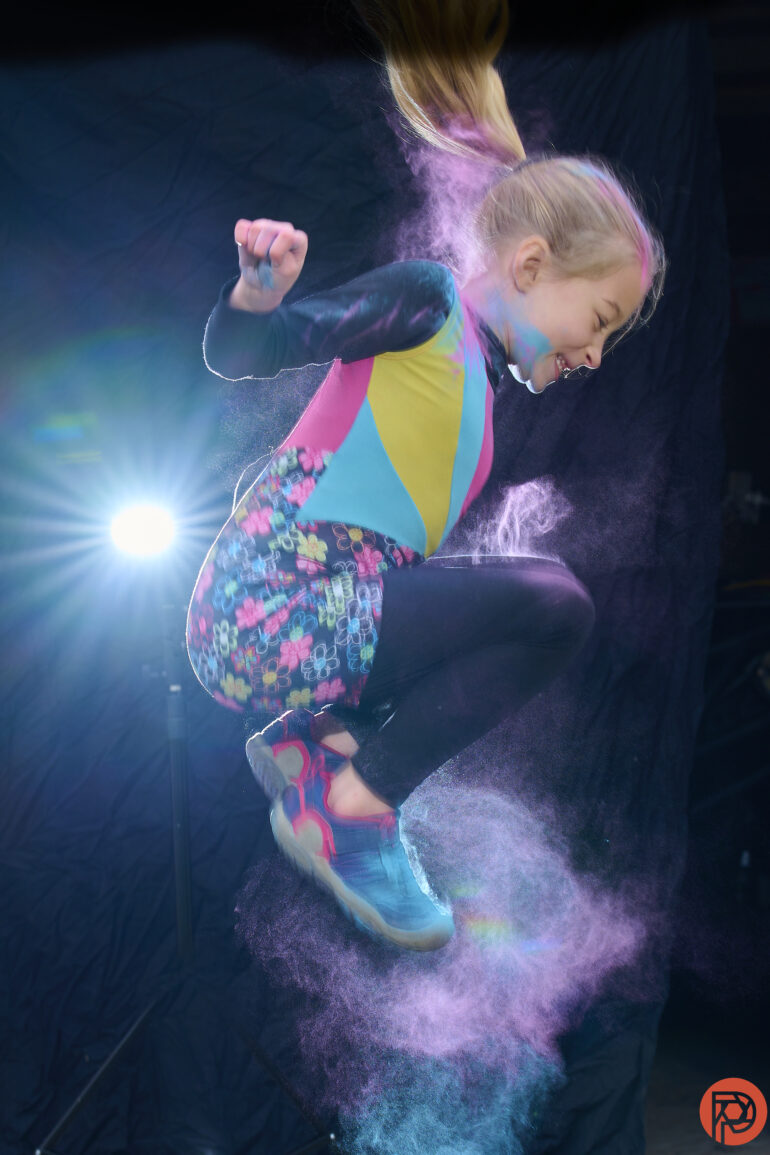
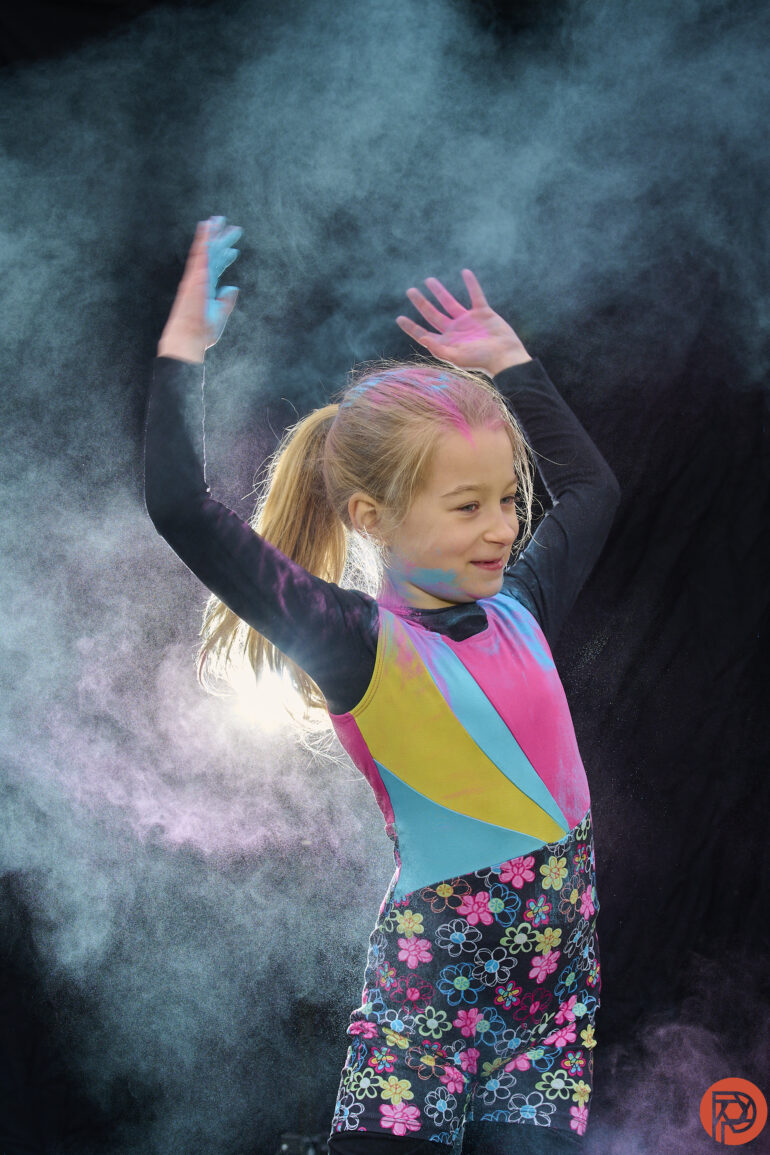
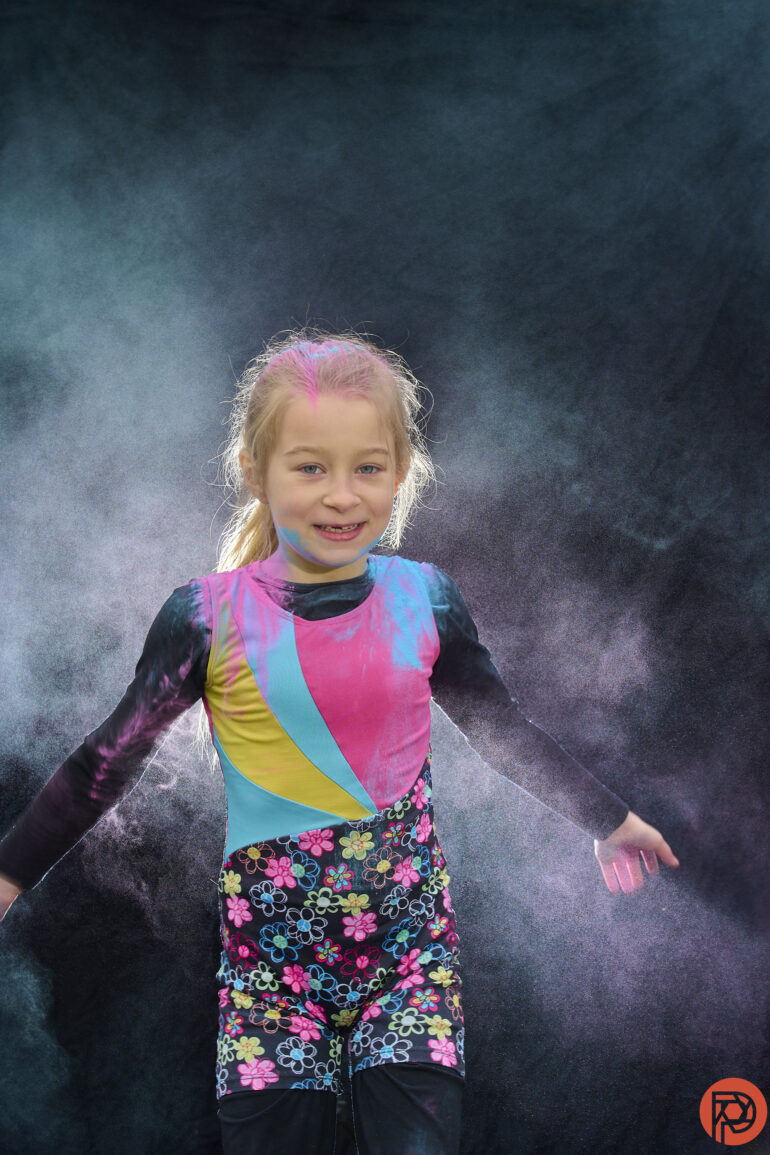
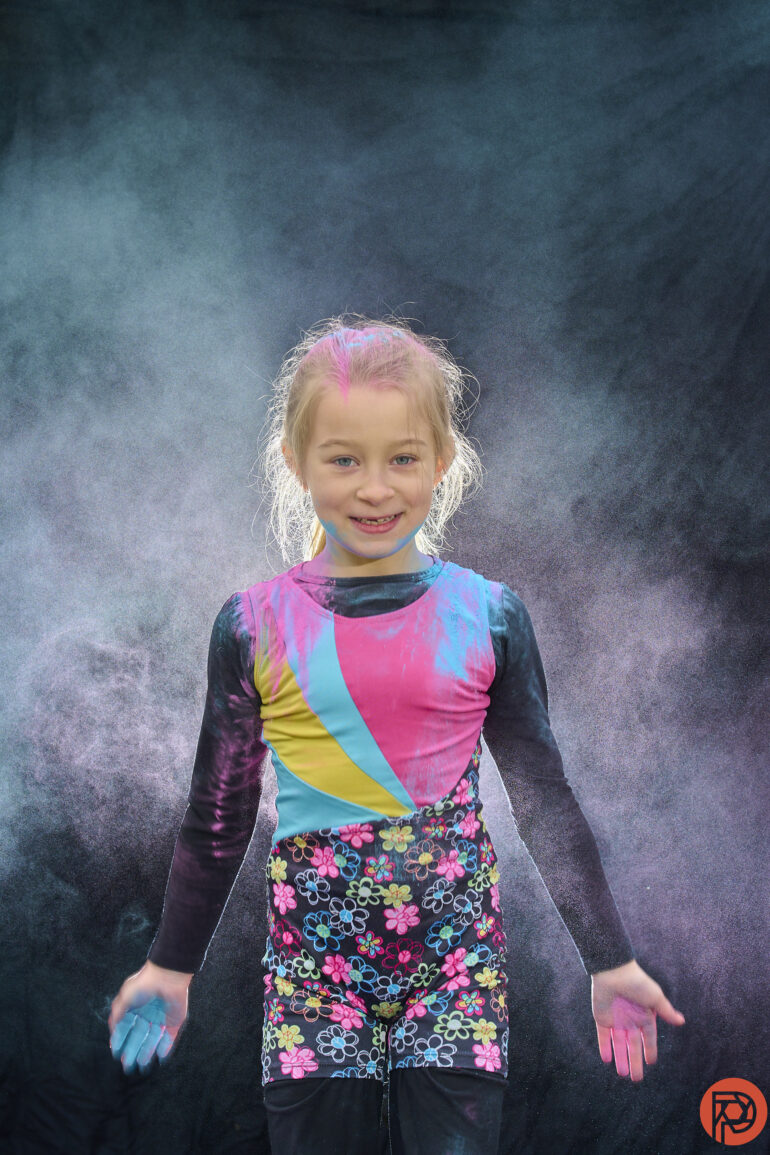
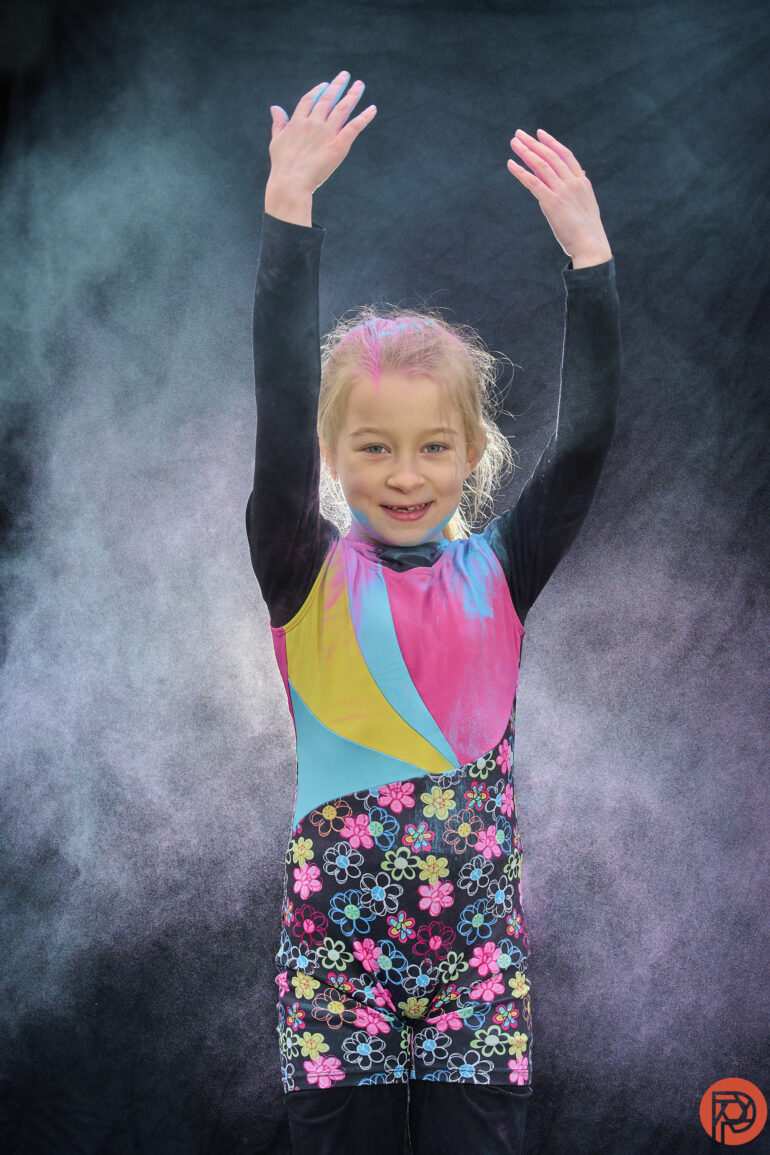
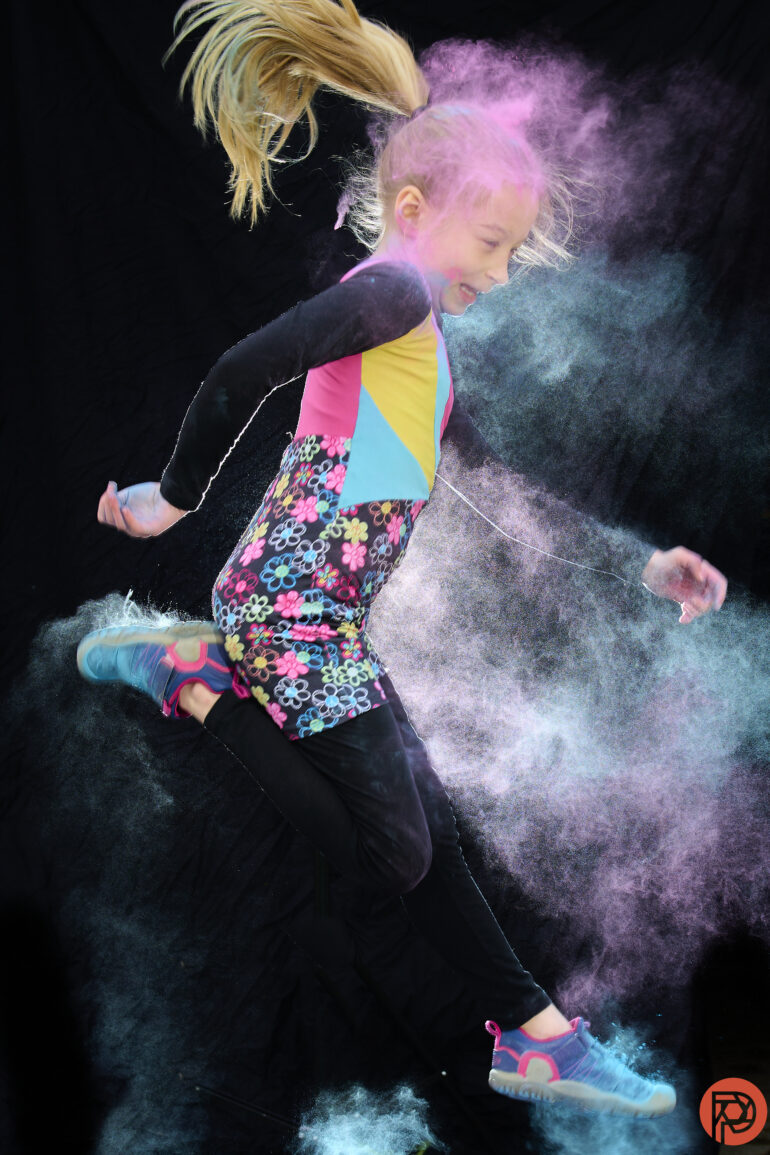
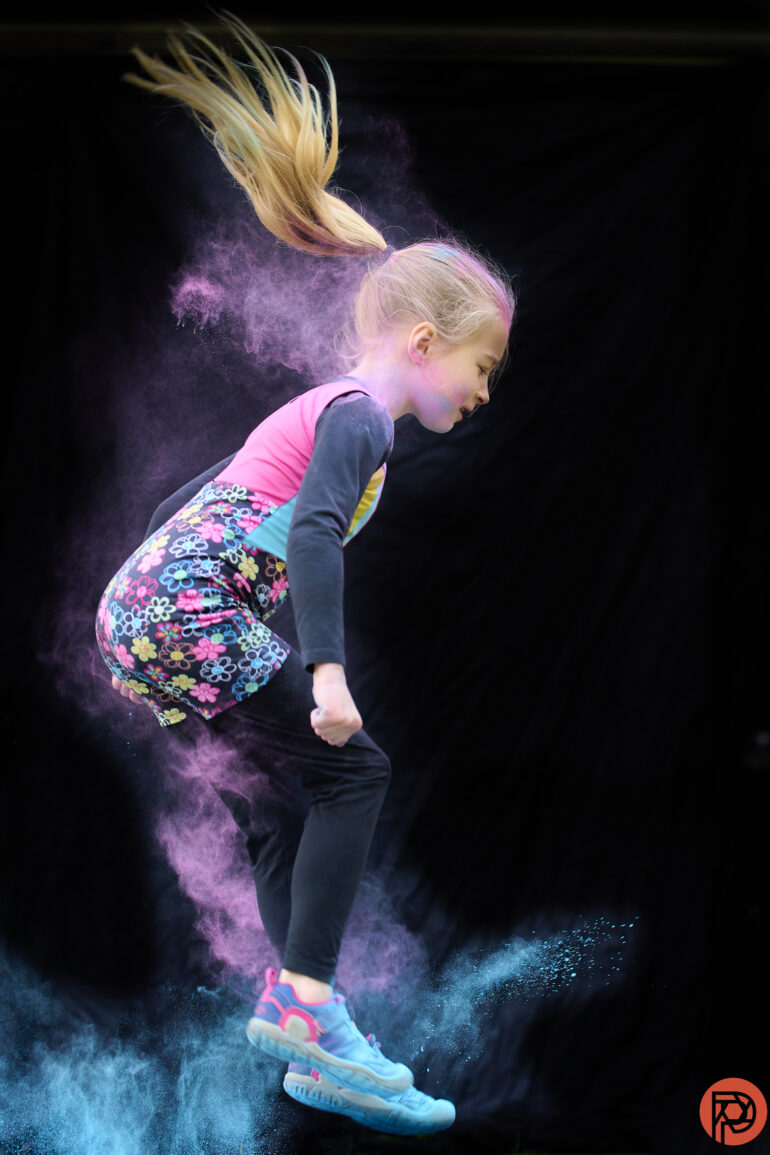
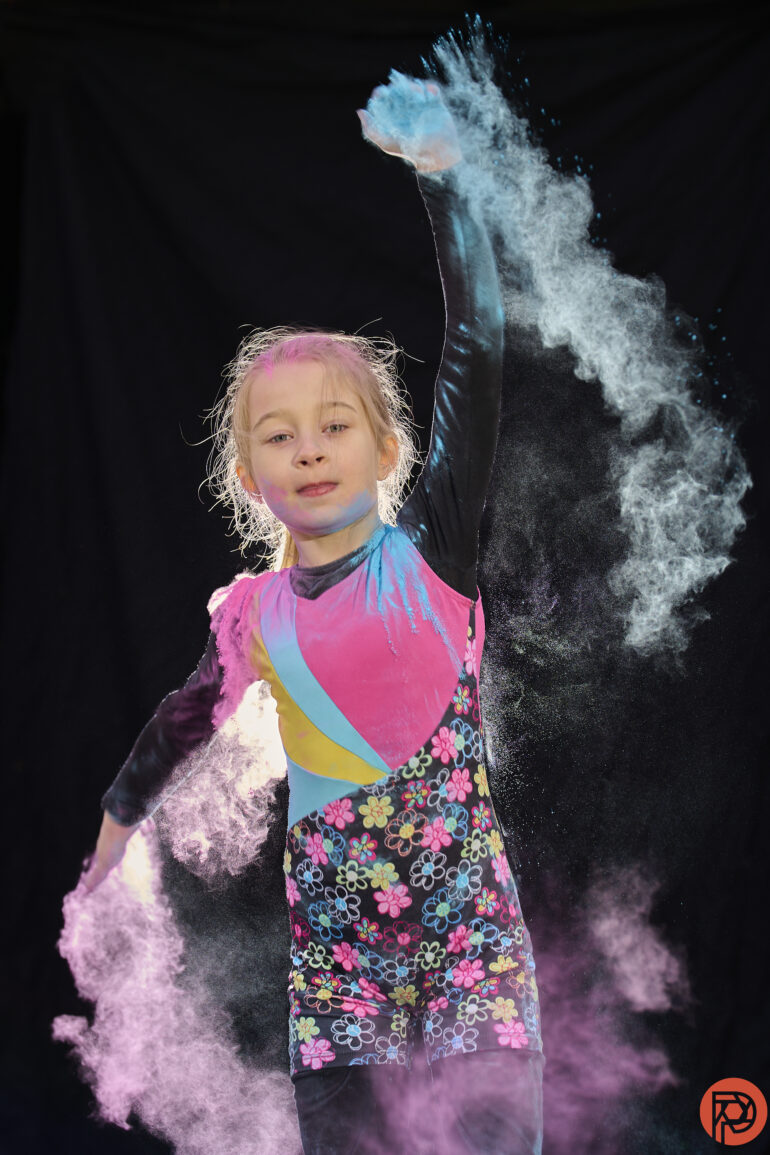
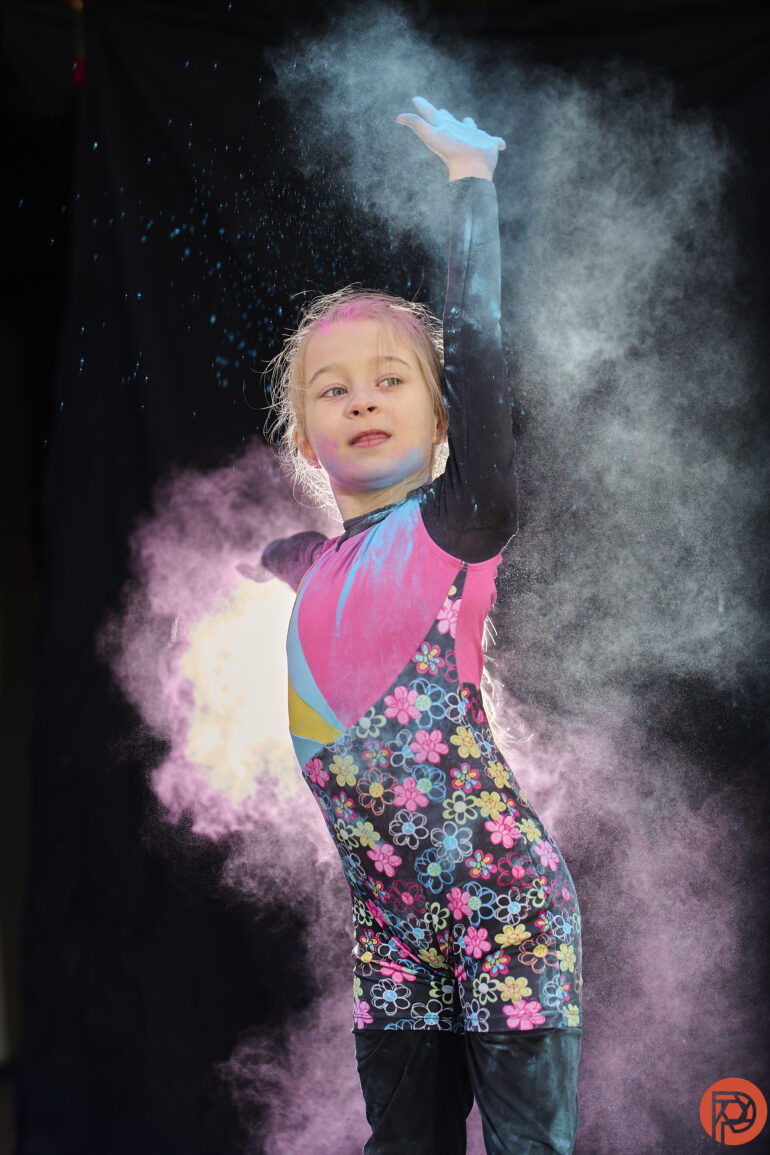
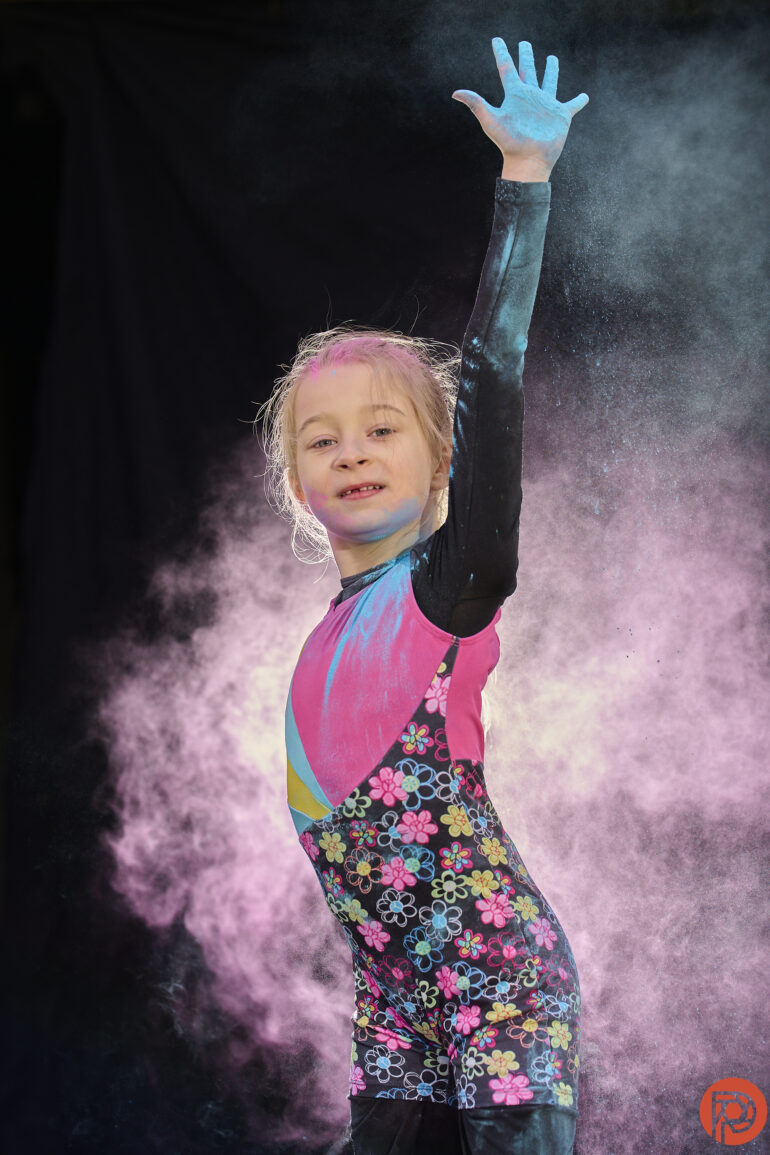
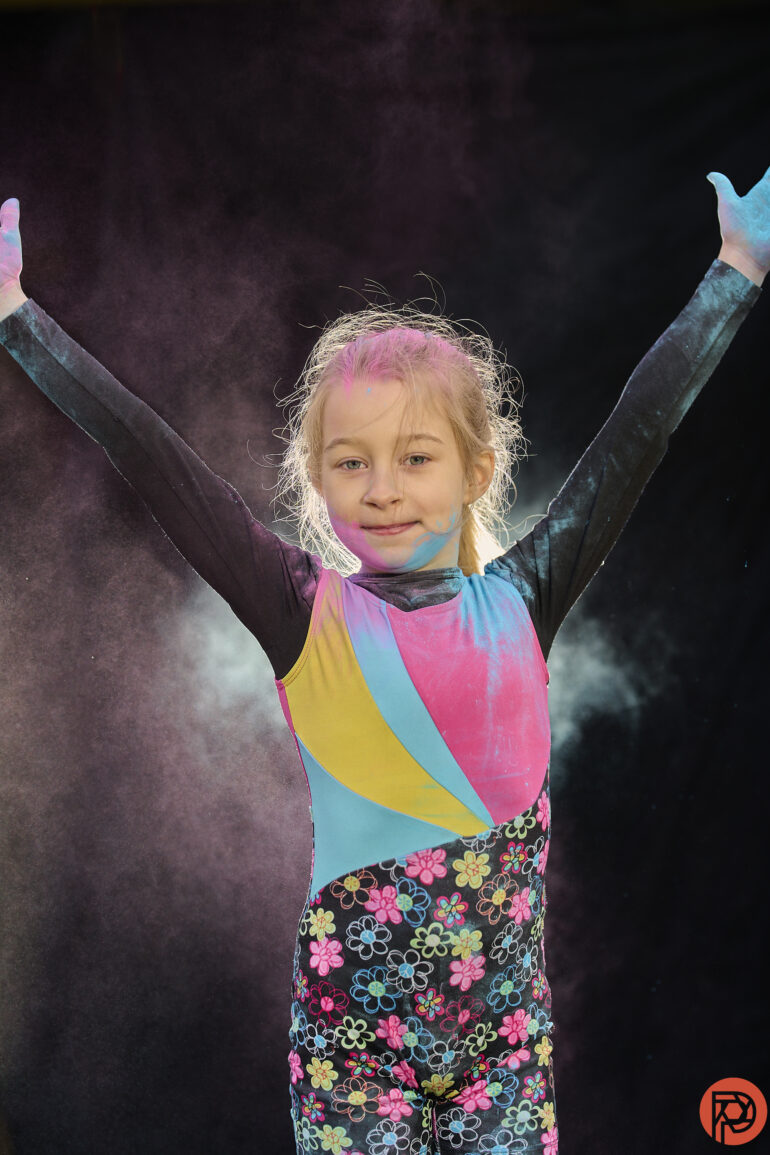
Who Should Buy It?
The Nikon Z 85mm f1.2 is an ideal lens for the portrait photographer craving a mix of sharp subjects, soft backgrounds, and great RAW color. The 11-blade aperture creates really lovely soft backgrounds. And while super sharp, there’s a bit of character in the vignetting and flare.
It is not, however, for action unless paired with a high-end body like the Z9. The JPEGs also didn’t have the same rich, warm colors that some other S-series lenses deliver. And, it’s a pretty heavy lens, though many will find it worth carrying around.
Nikon Z 85mm f1.8 S vs Nikon Z 85mm f1.2 S
Besides the $2k price difference, what sets the f1.8 from the f1.2 85mm? The pricier lens has a wider f1.2 aperture with more blades for lovely backgrounds. The newer lens has two autofocus motors to the f1.8’s single motor. But, the f1.8 lens is both significantly lighter and more affordable. It’s more utilitarian than the f1.2, but the images are still gorgeous.
Be sure to check out our Nikon 85mm f1.8 S review here.
Tech Specs
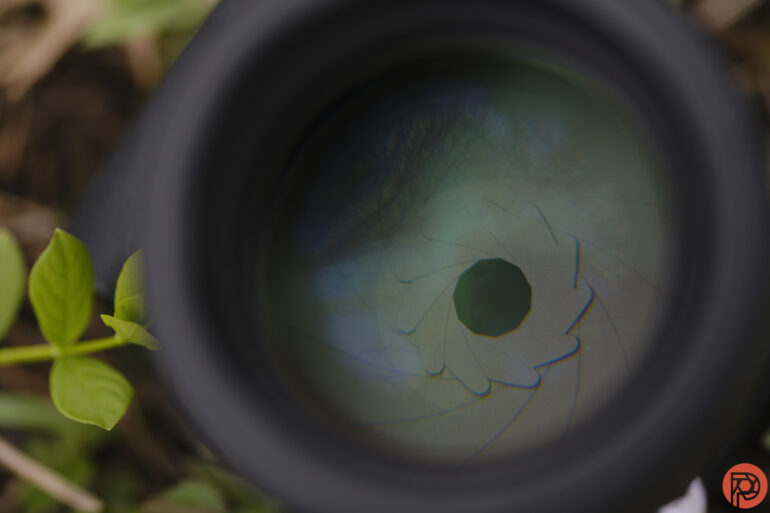
LensRentals lists the following specifications for the Nikon Z 85mm f1.2 S:
- Angle of View: 18° 50’
- Aperture Blades: 11, Rounded
- Autofocus: Autofocus
- Brand: Nikon
- Compatibility: Full Frame
- Filter Size: 82.0mm
- Focal Length: 85.0-85.0
- Hood Included: Yes
- Image Stabilization: No
- Item Type: Lens
- Lens Type: Telephoto
- Max Aperture: 1.2
- Maximum Magnification: 0.11x
- Mfr. Model Number : 20114
- Minimum Aperture: 16.0
- Minimum Focusing Distance: 2.8feet
- Mount: Nikon Z
- Optical Design
- Groups/Elements: 10/15
- Aspherical Elements: 2
- Extra-Low Dispersion Elements: 1
- Physical Dimensions (ø x L): 4 × 5.6″
- Weight: 2.6 lb.
The Phoblographer may receive affiliate compensation for products purchased using links in this blog posted.


Leave a Reply